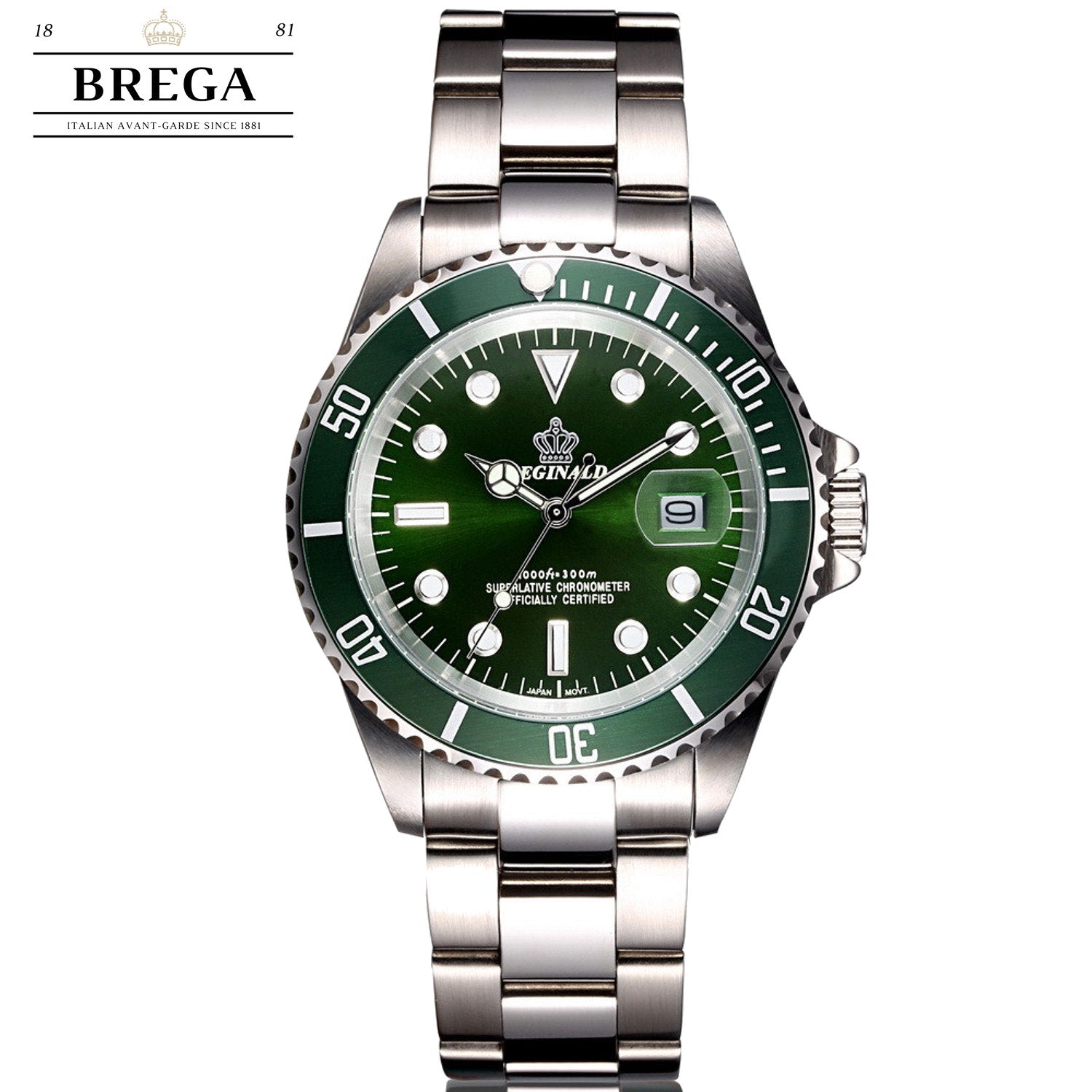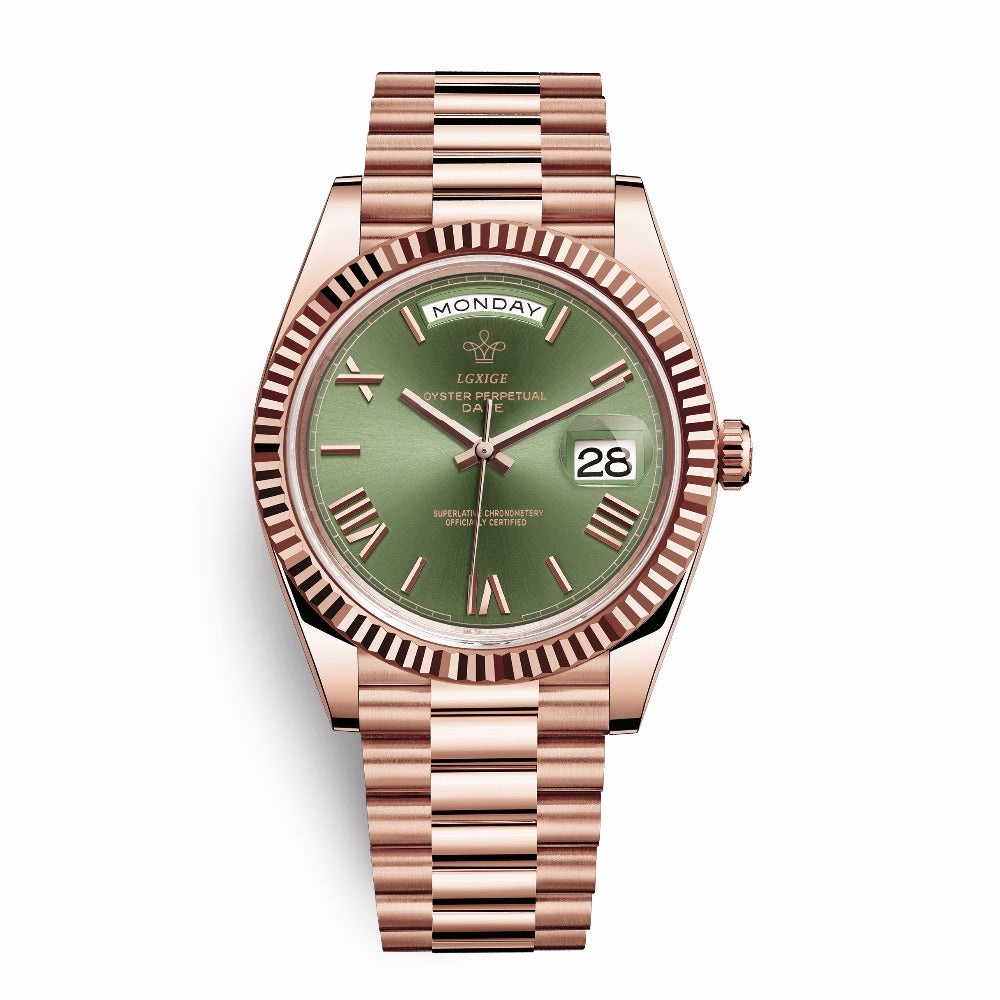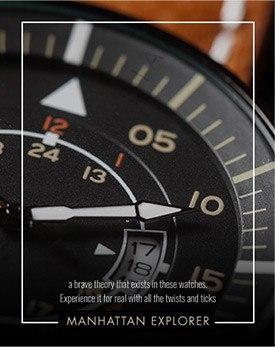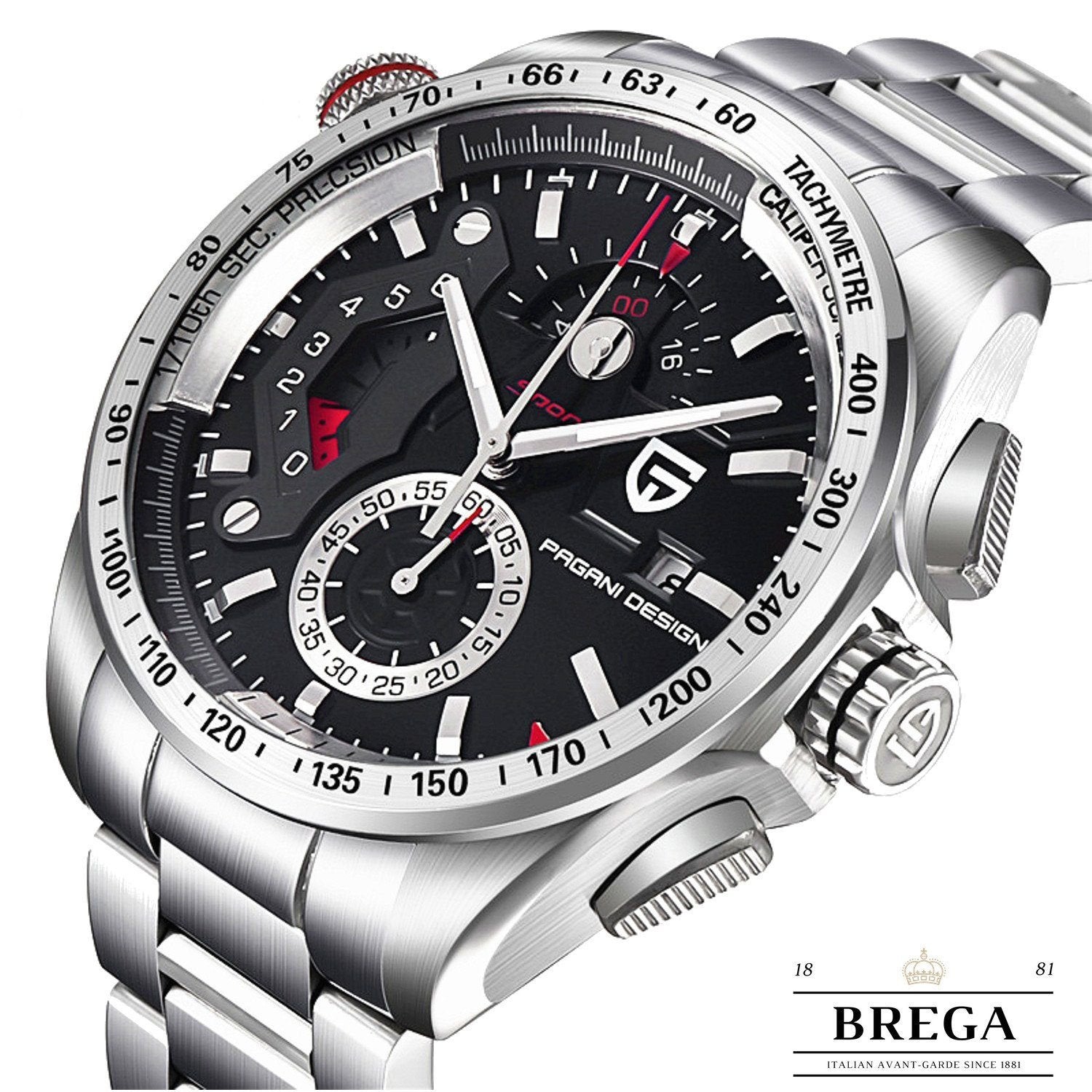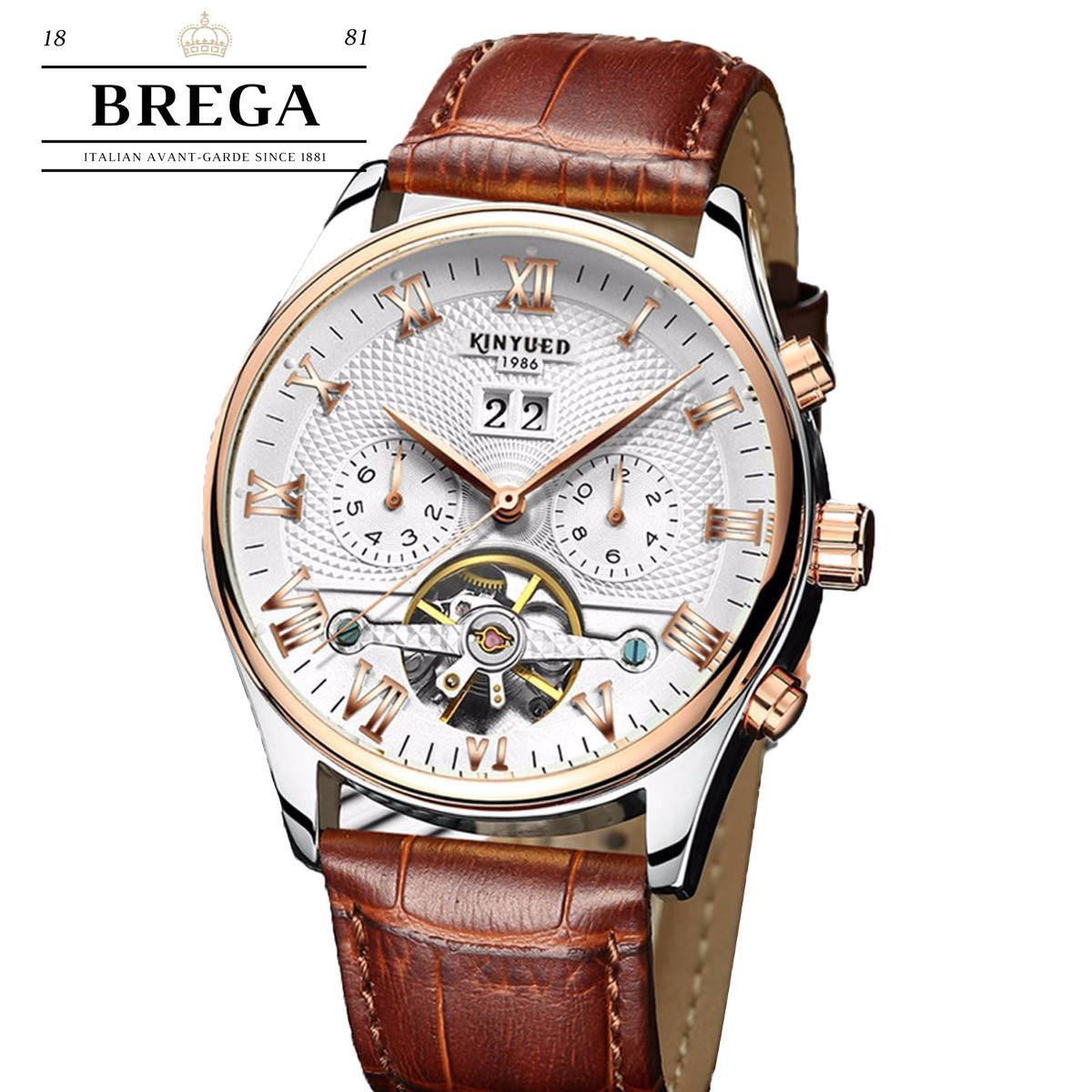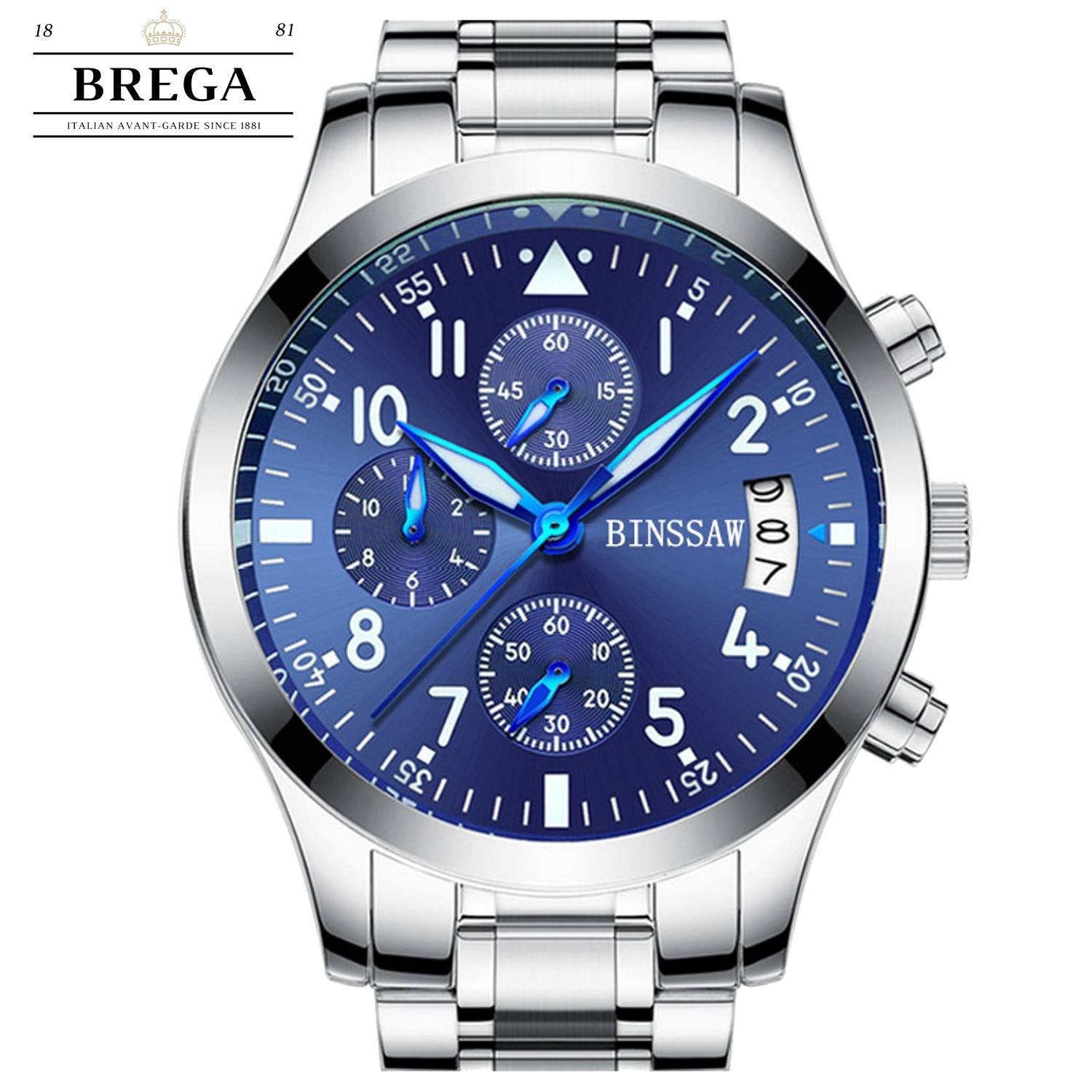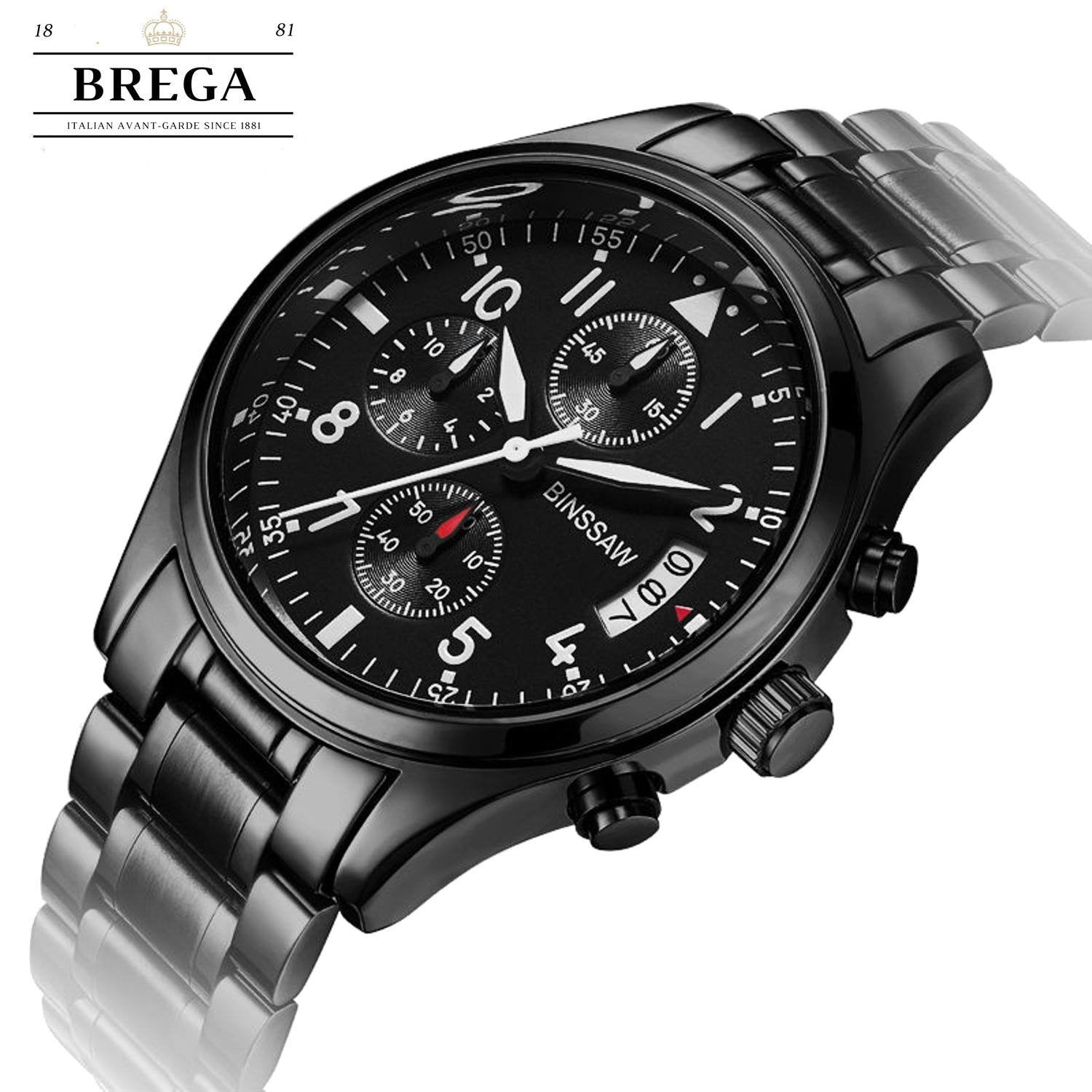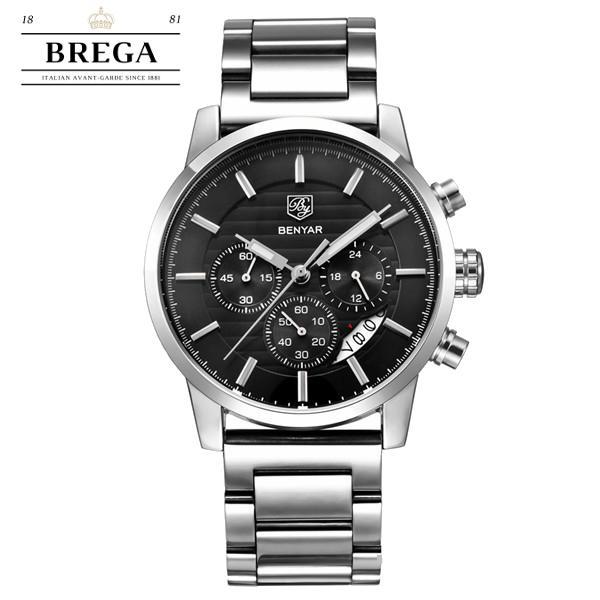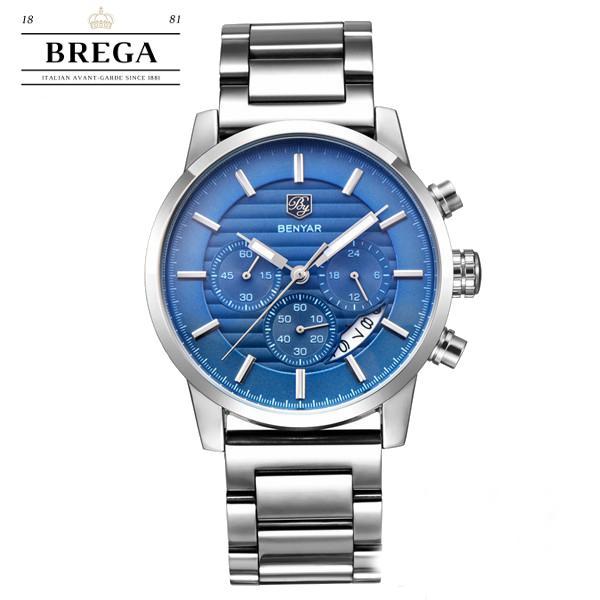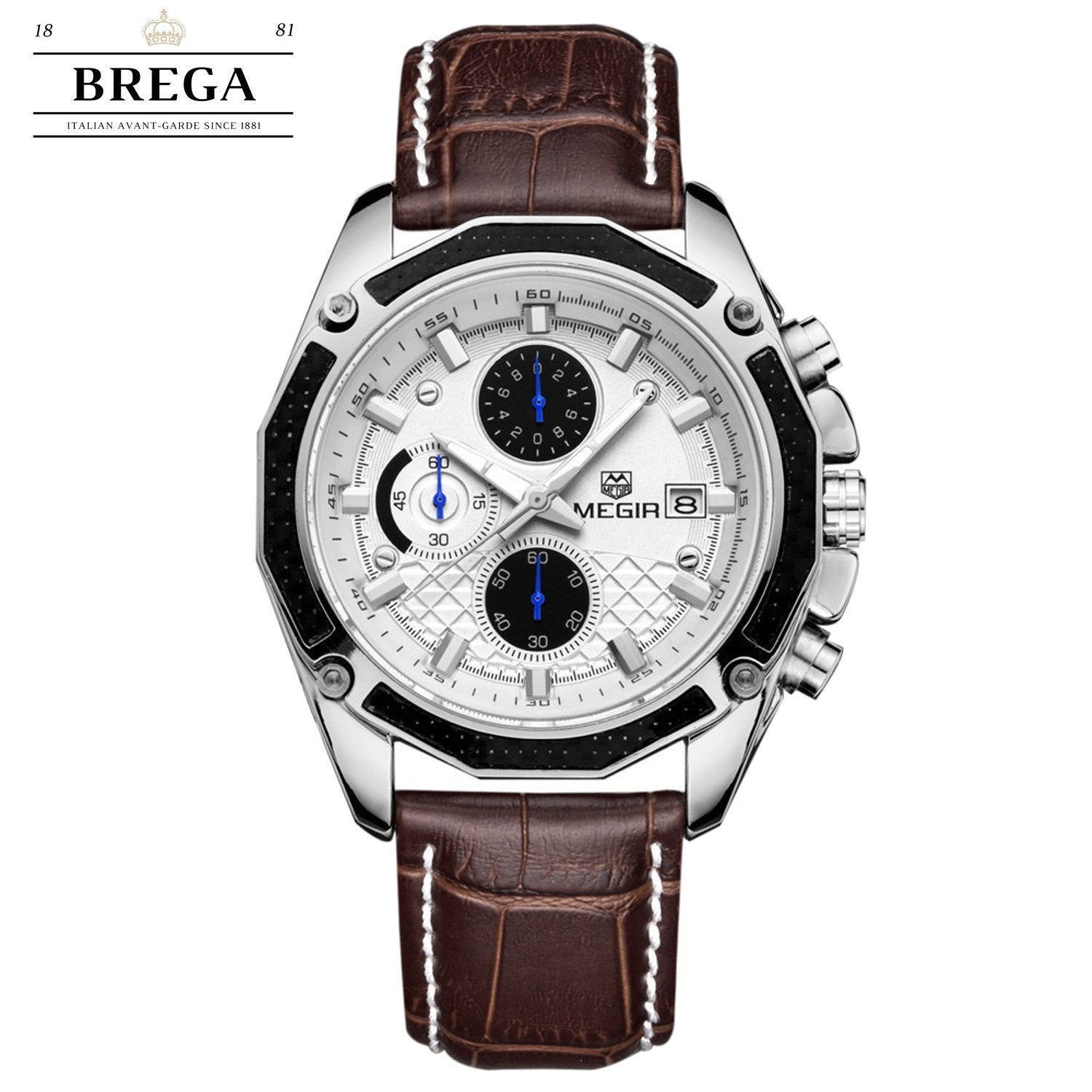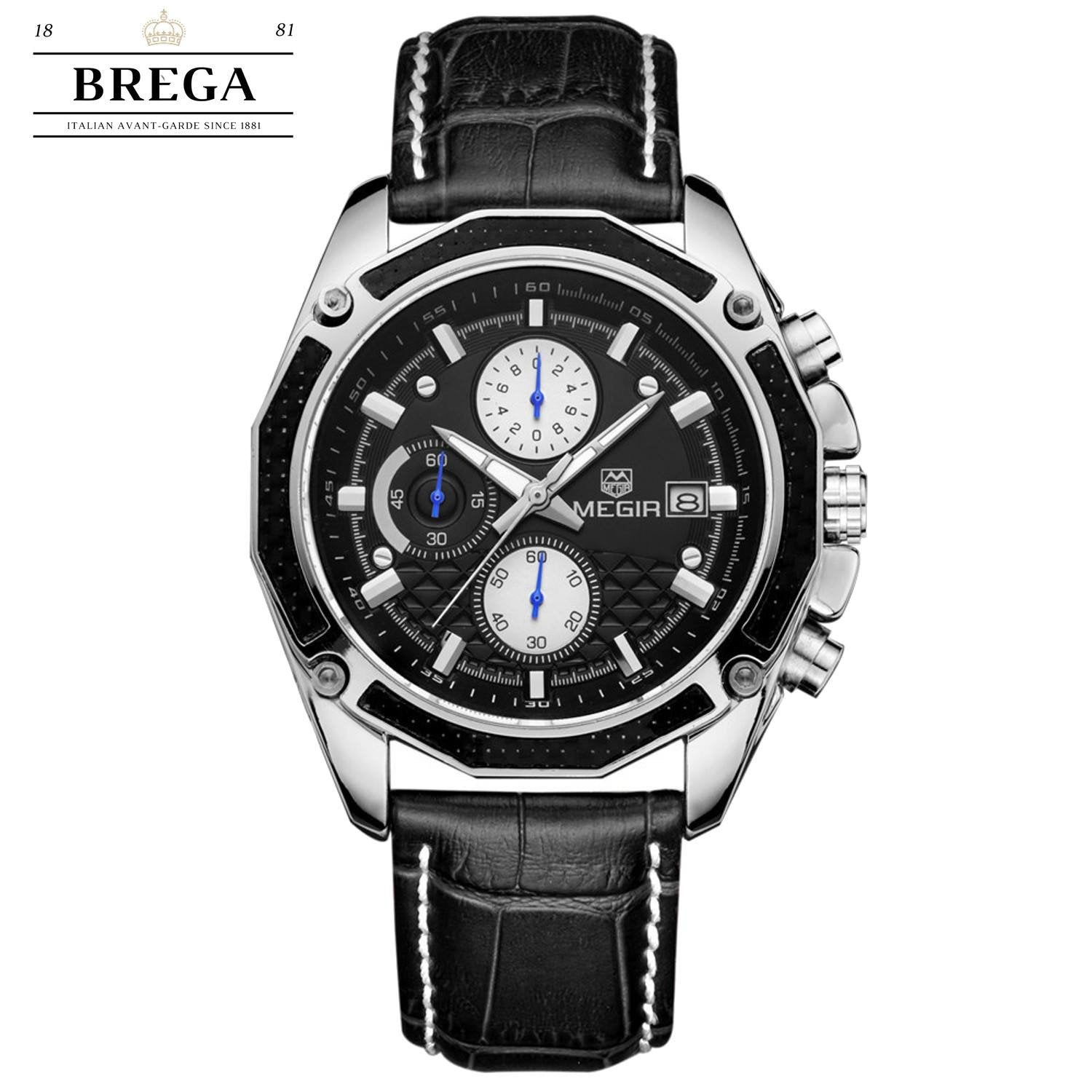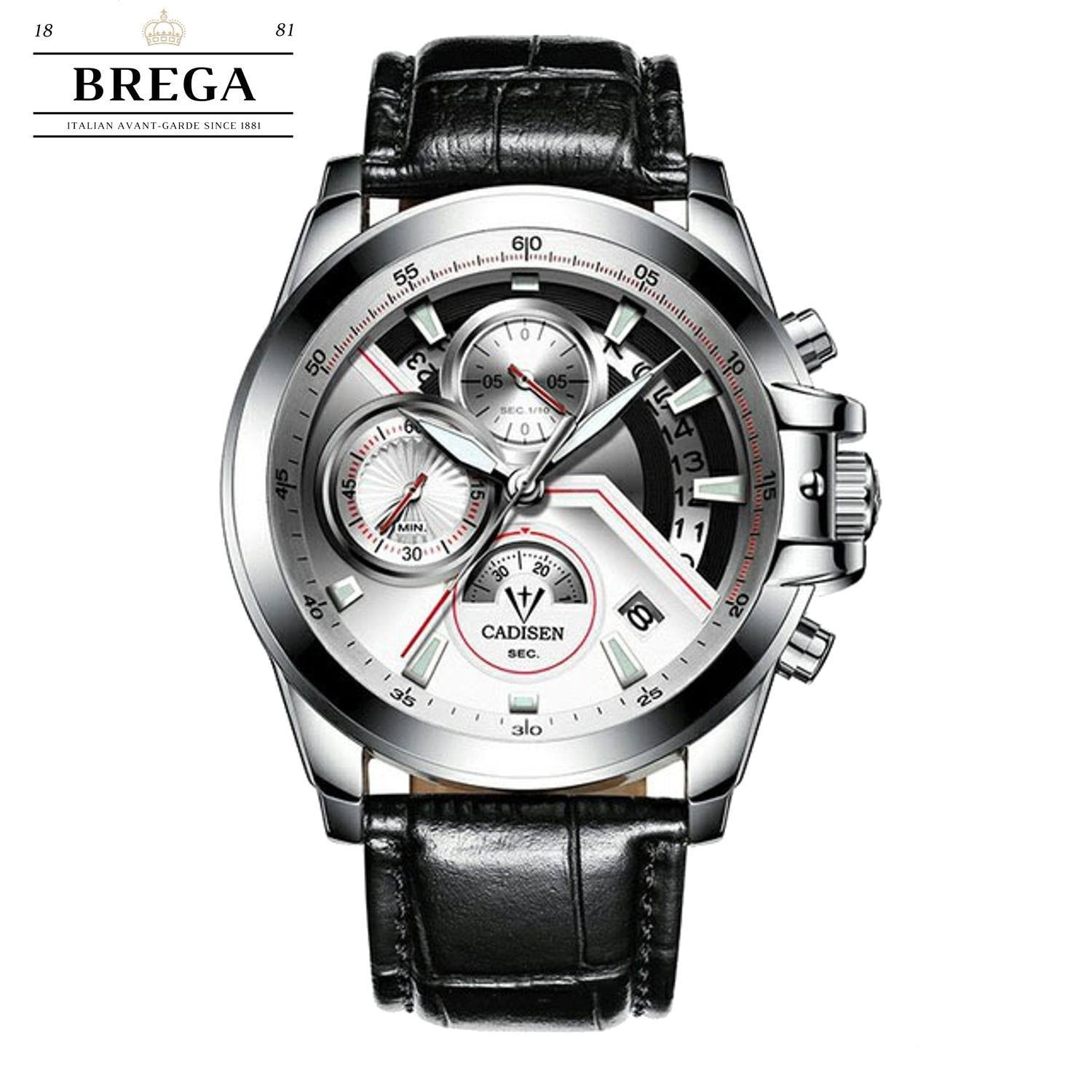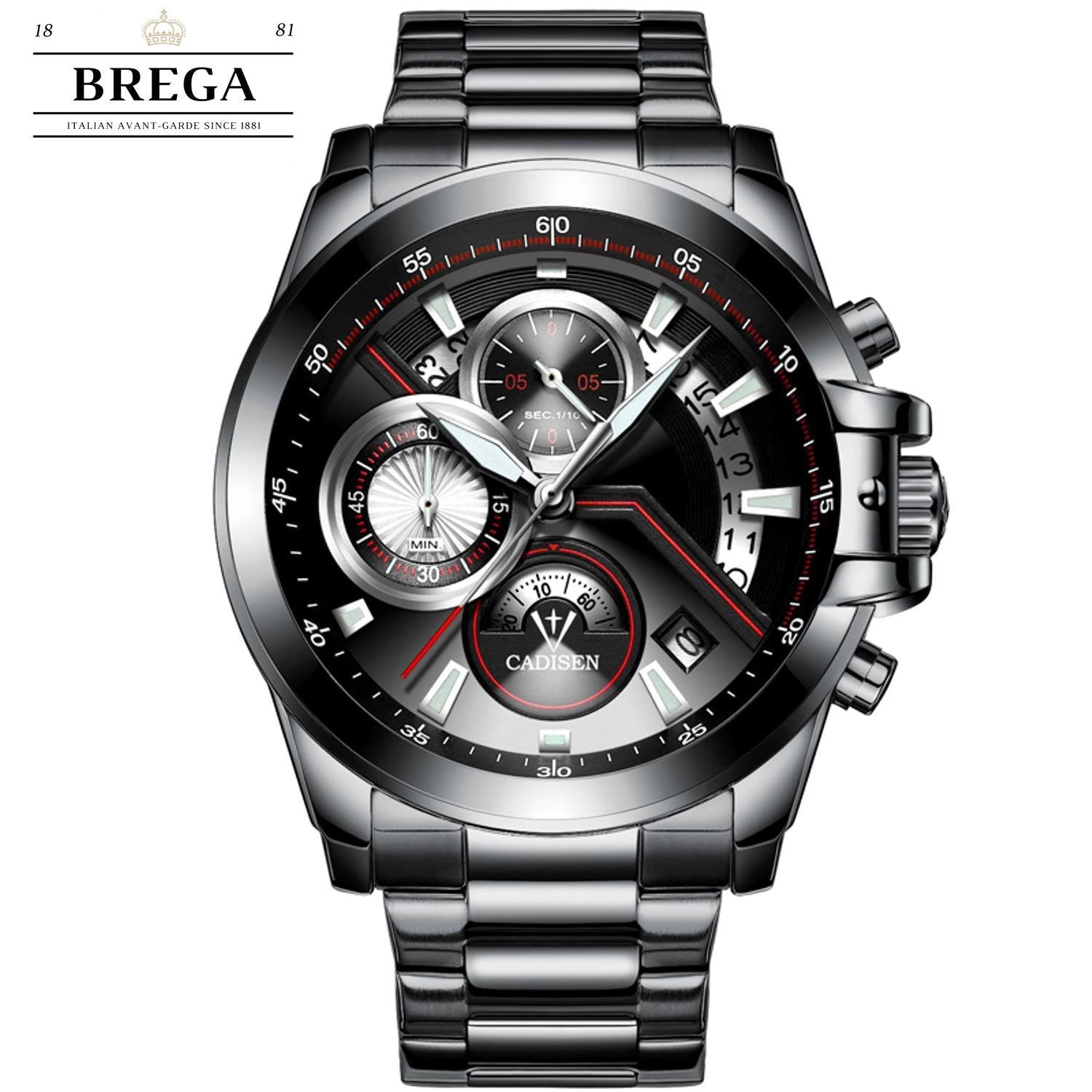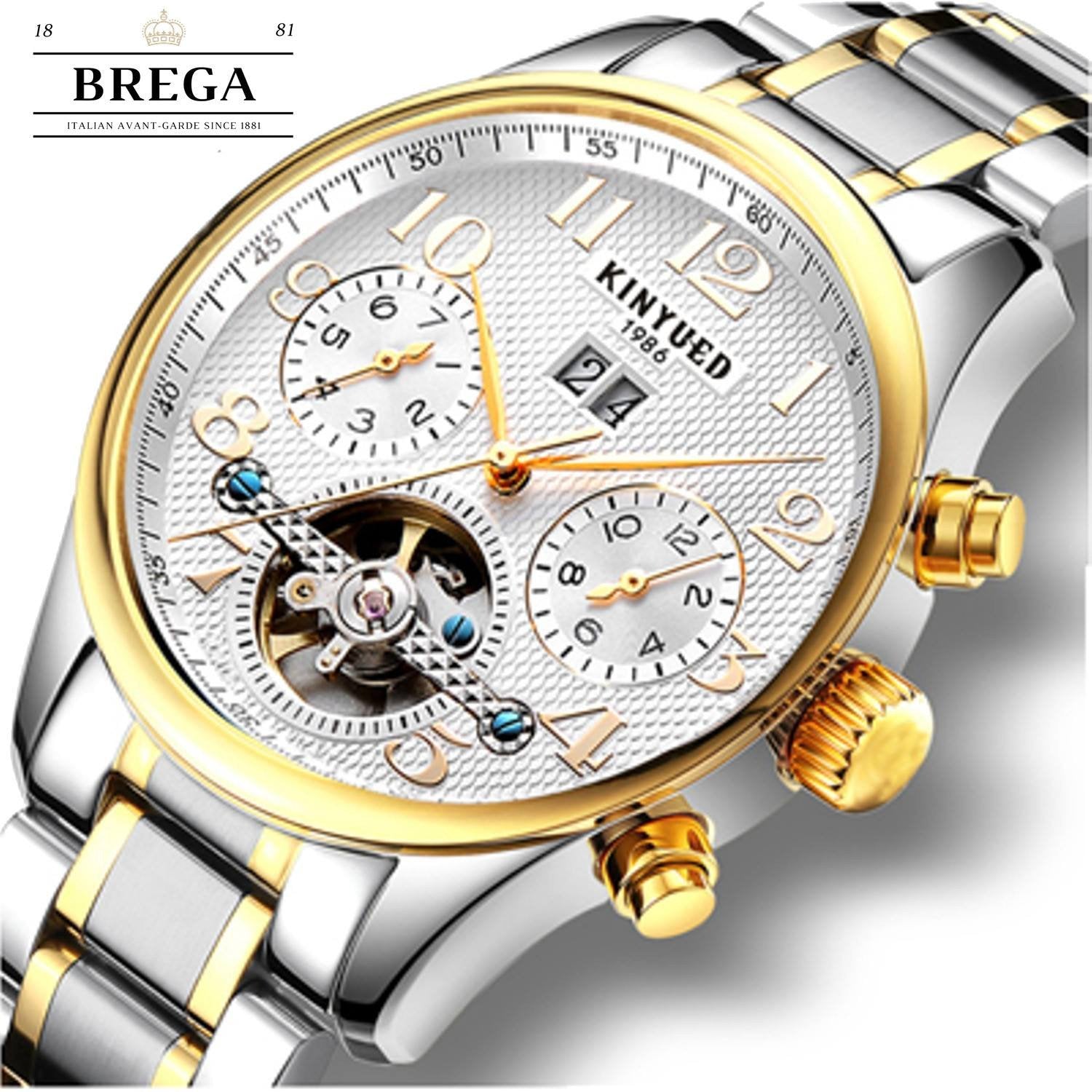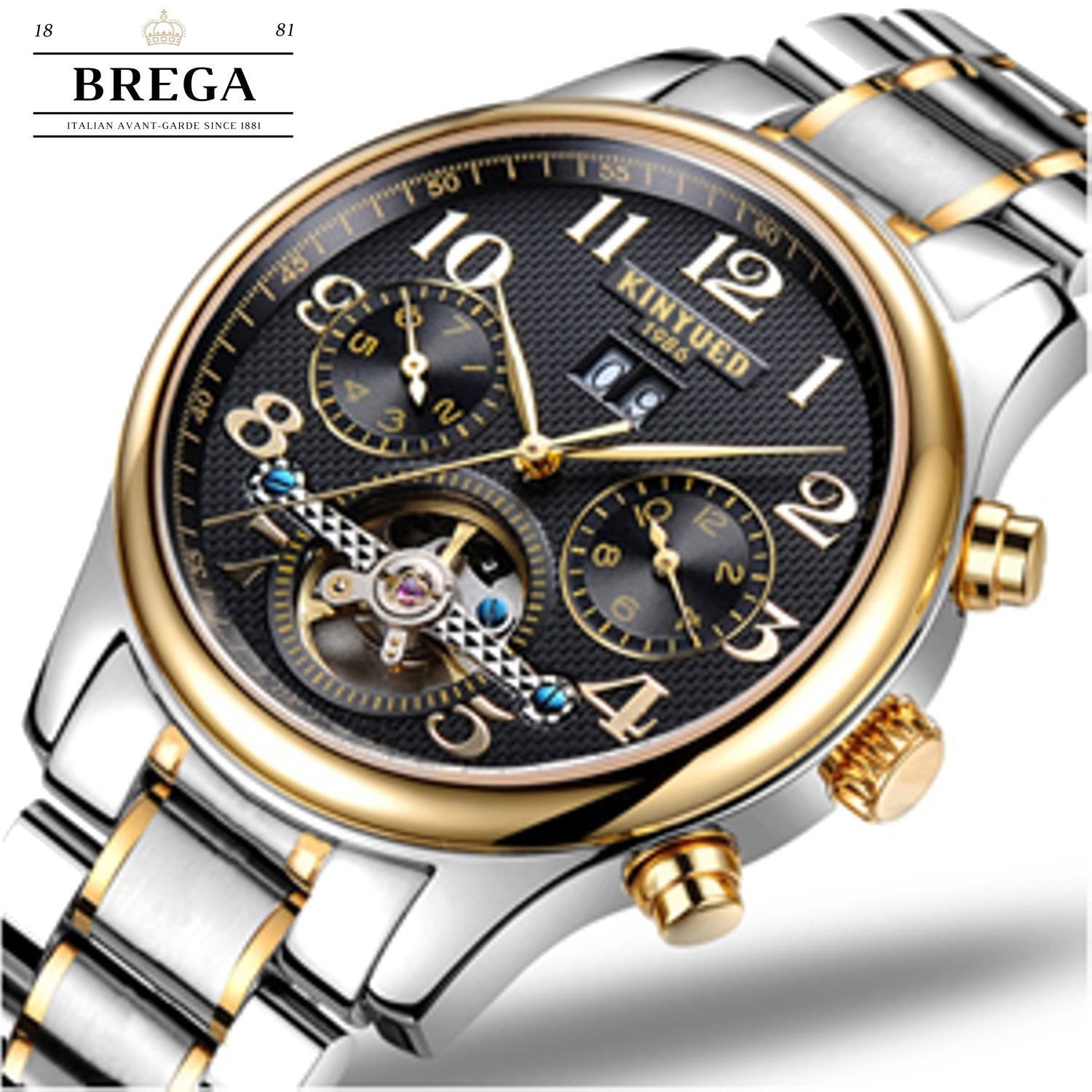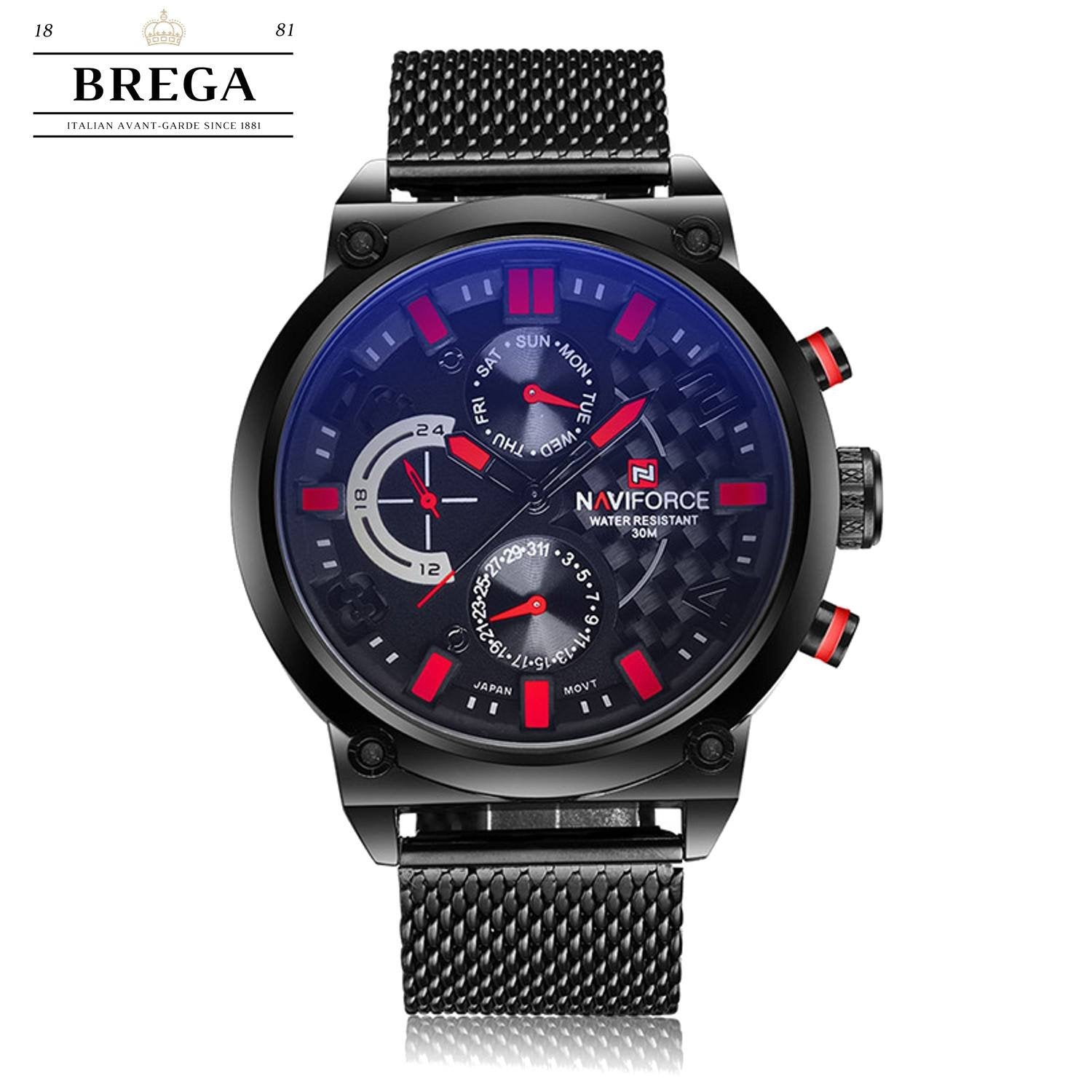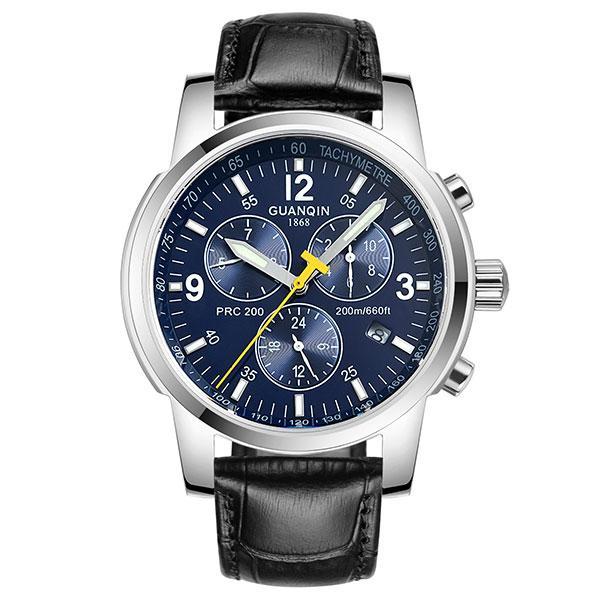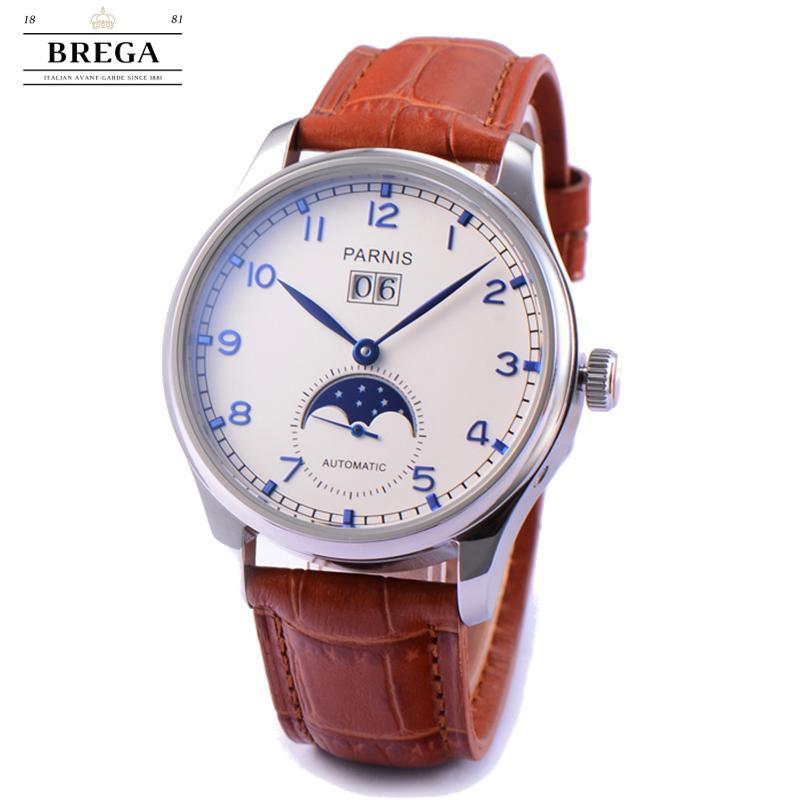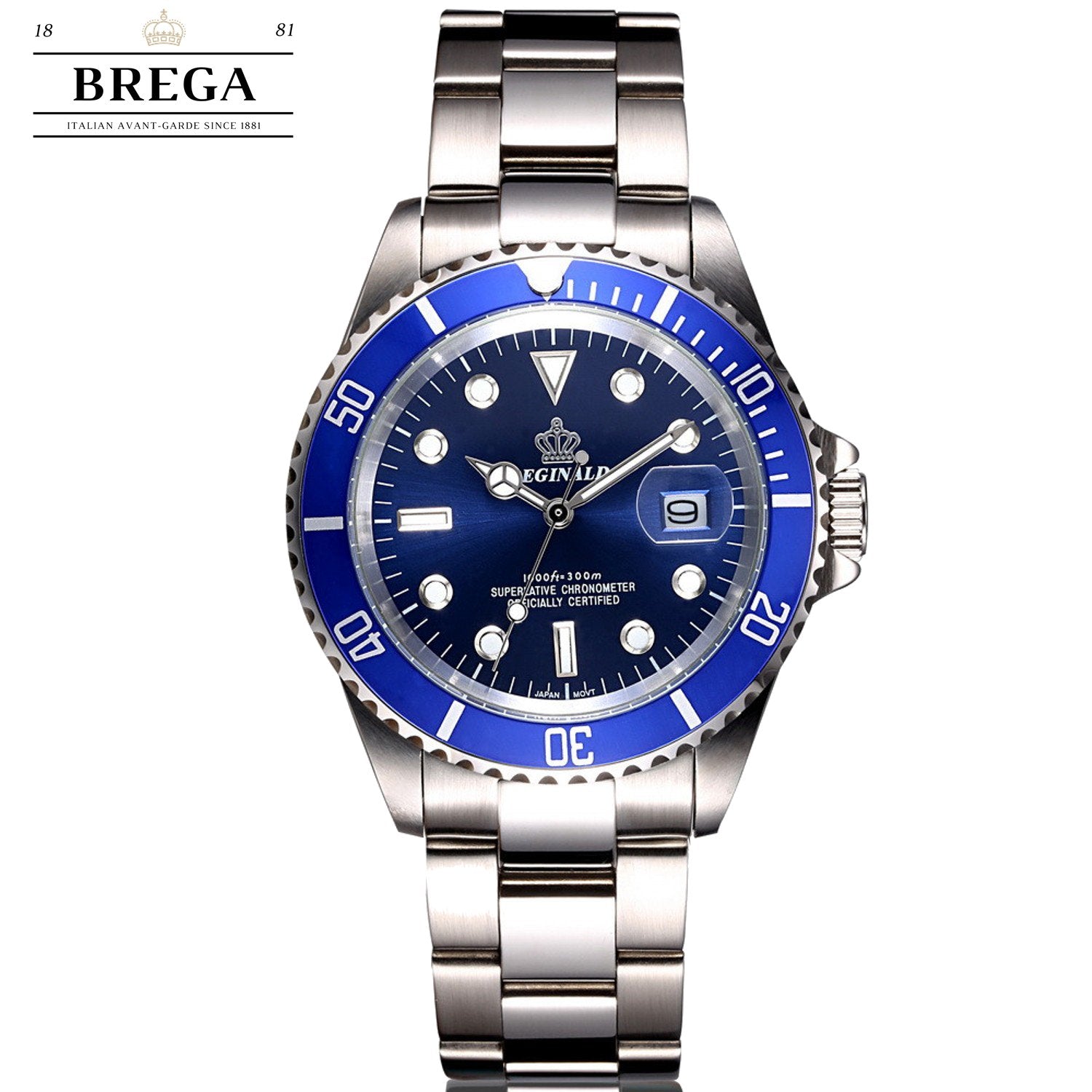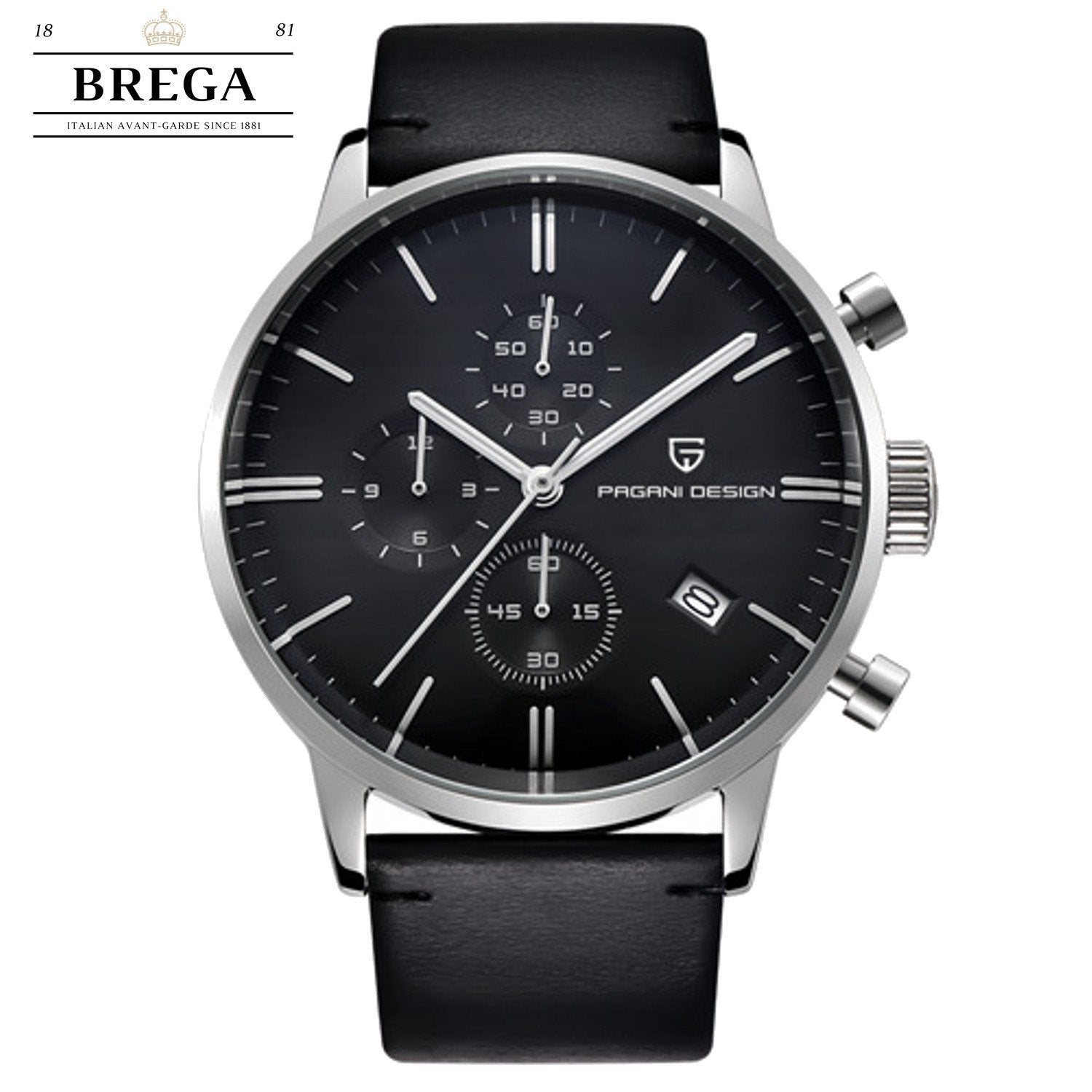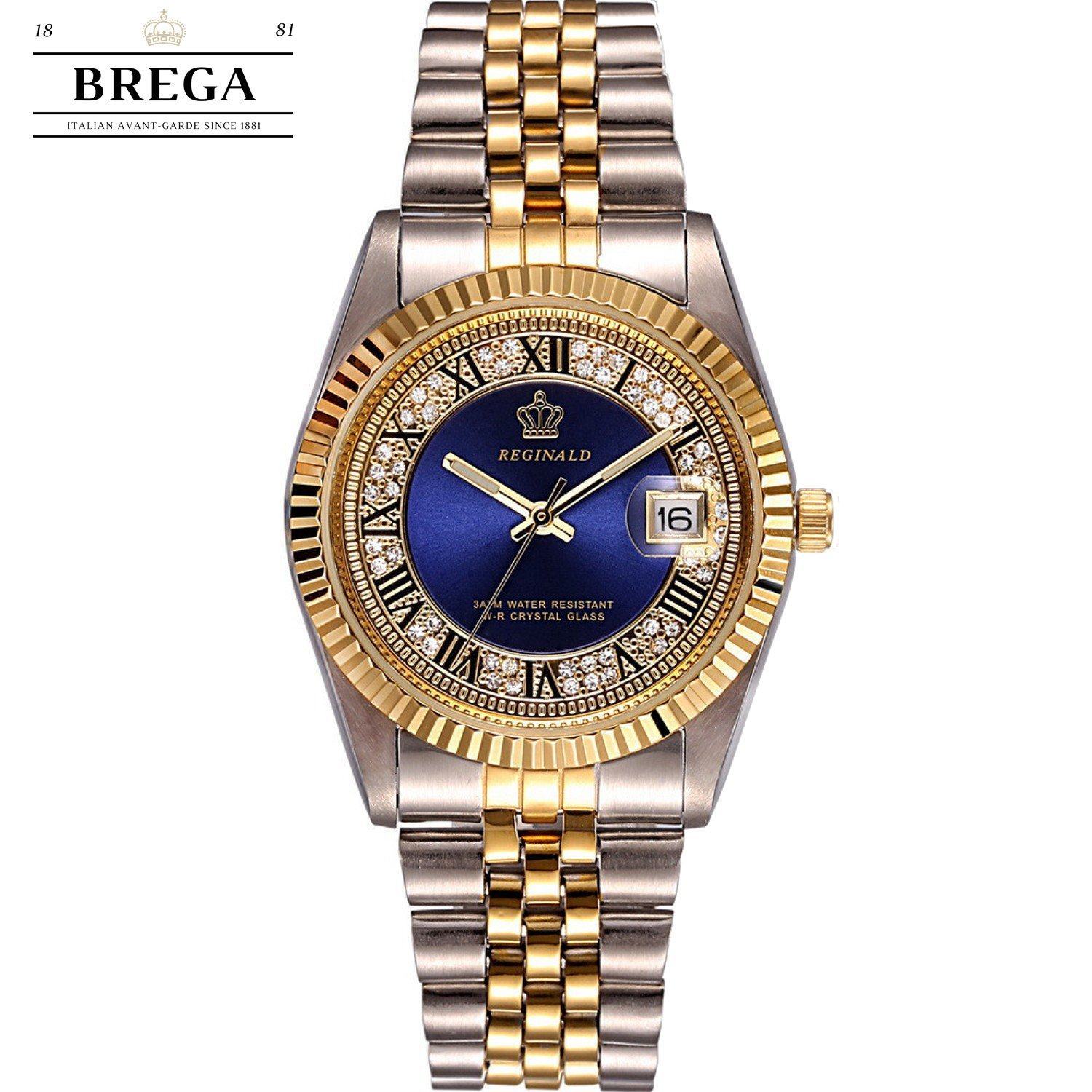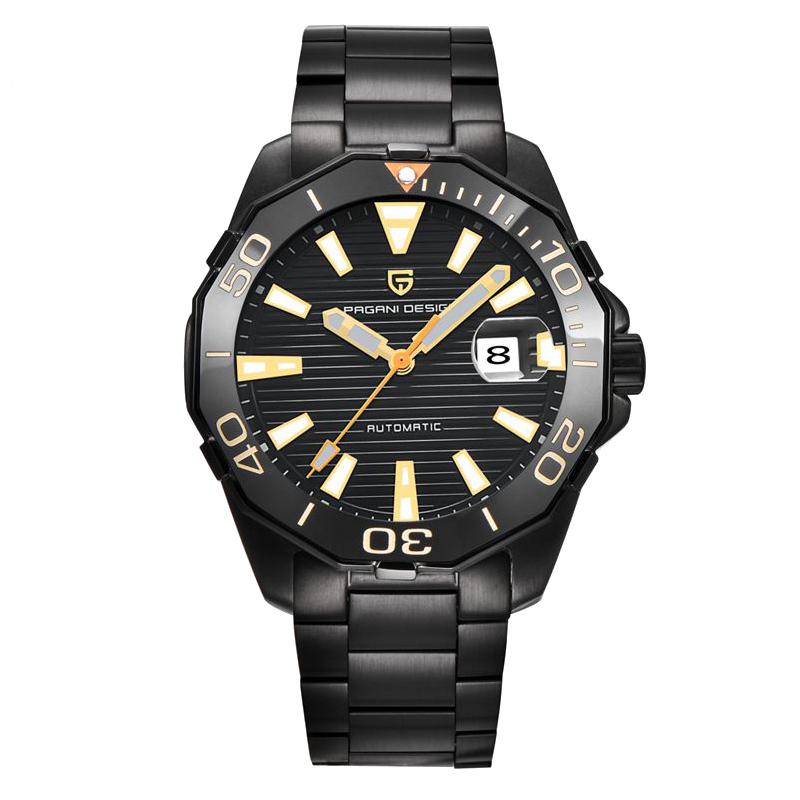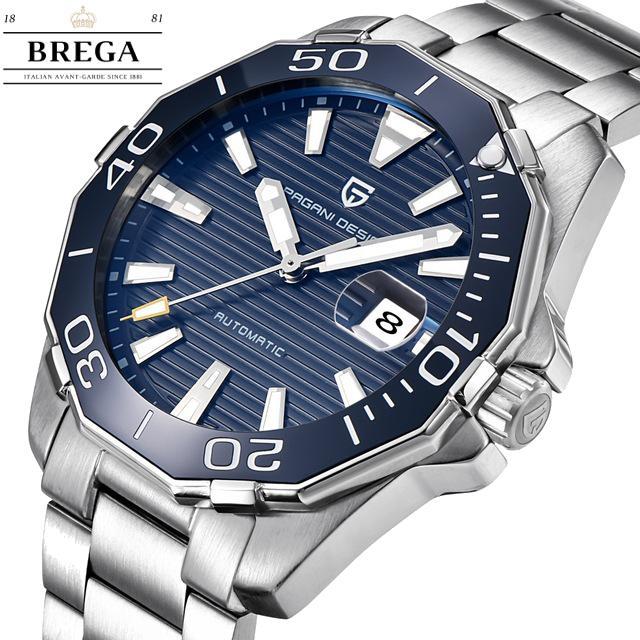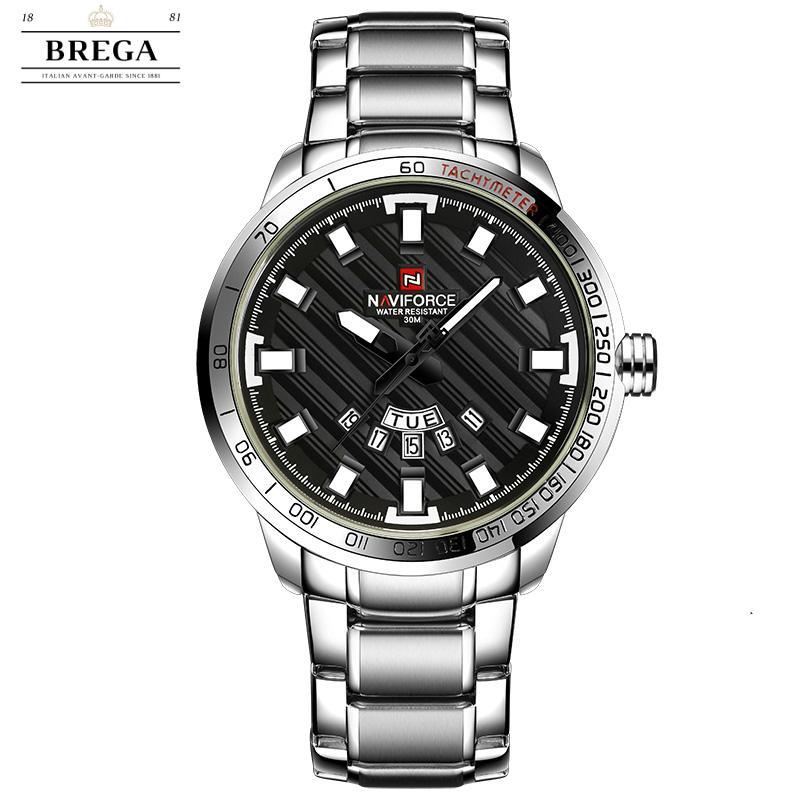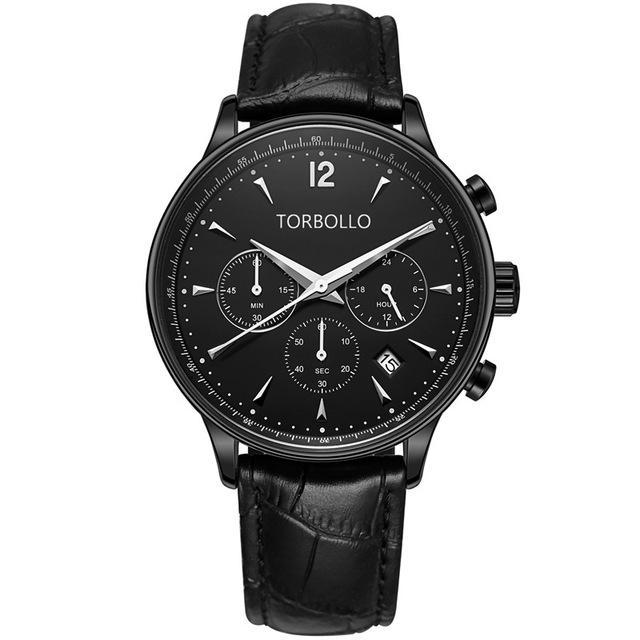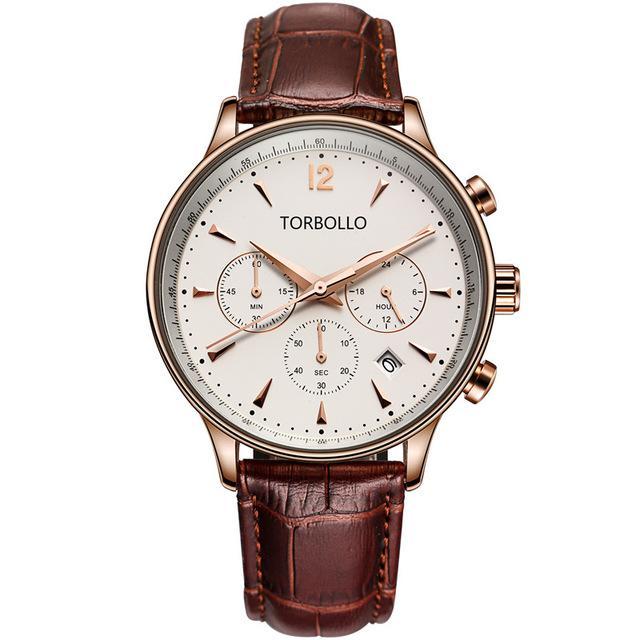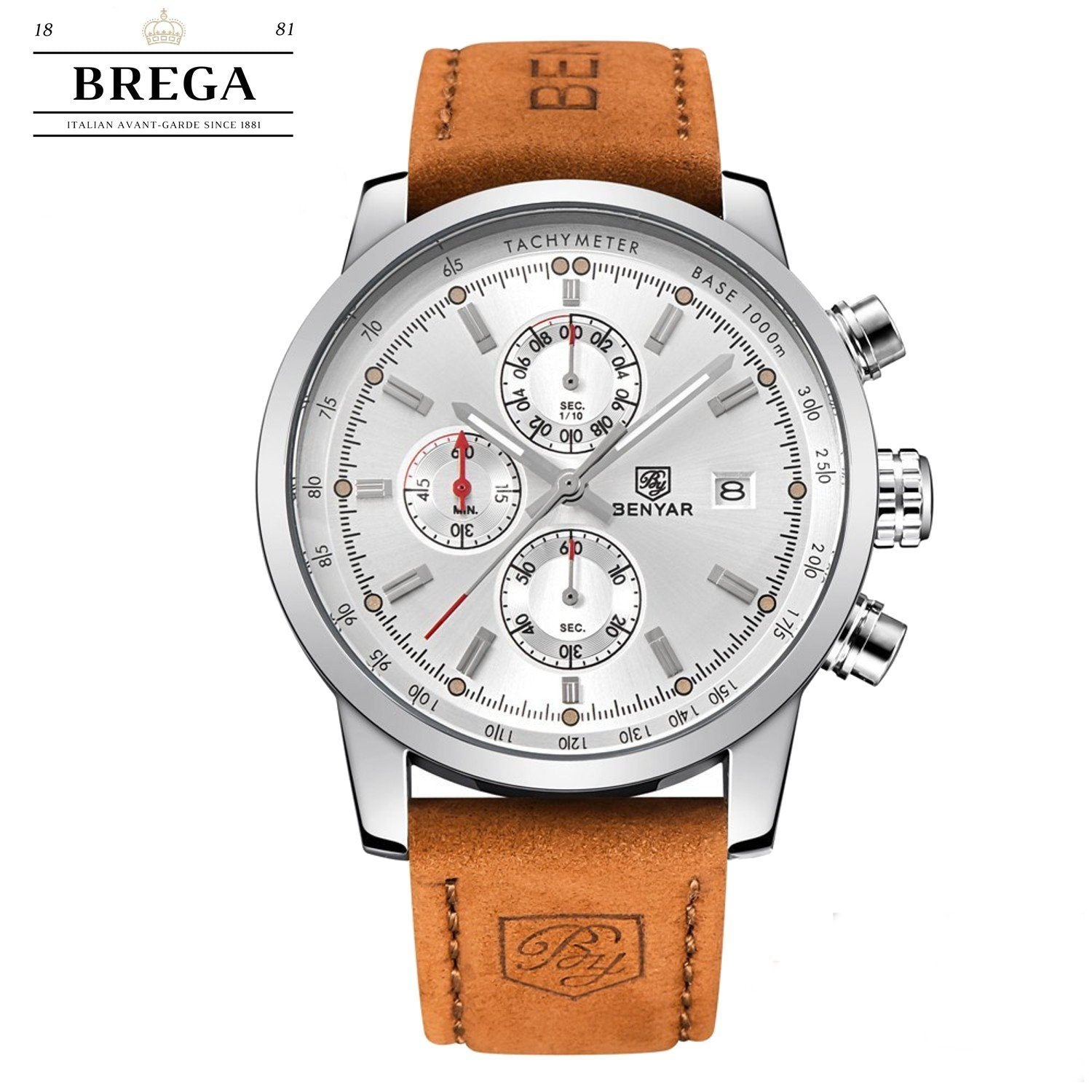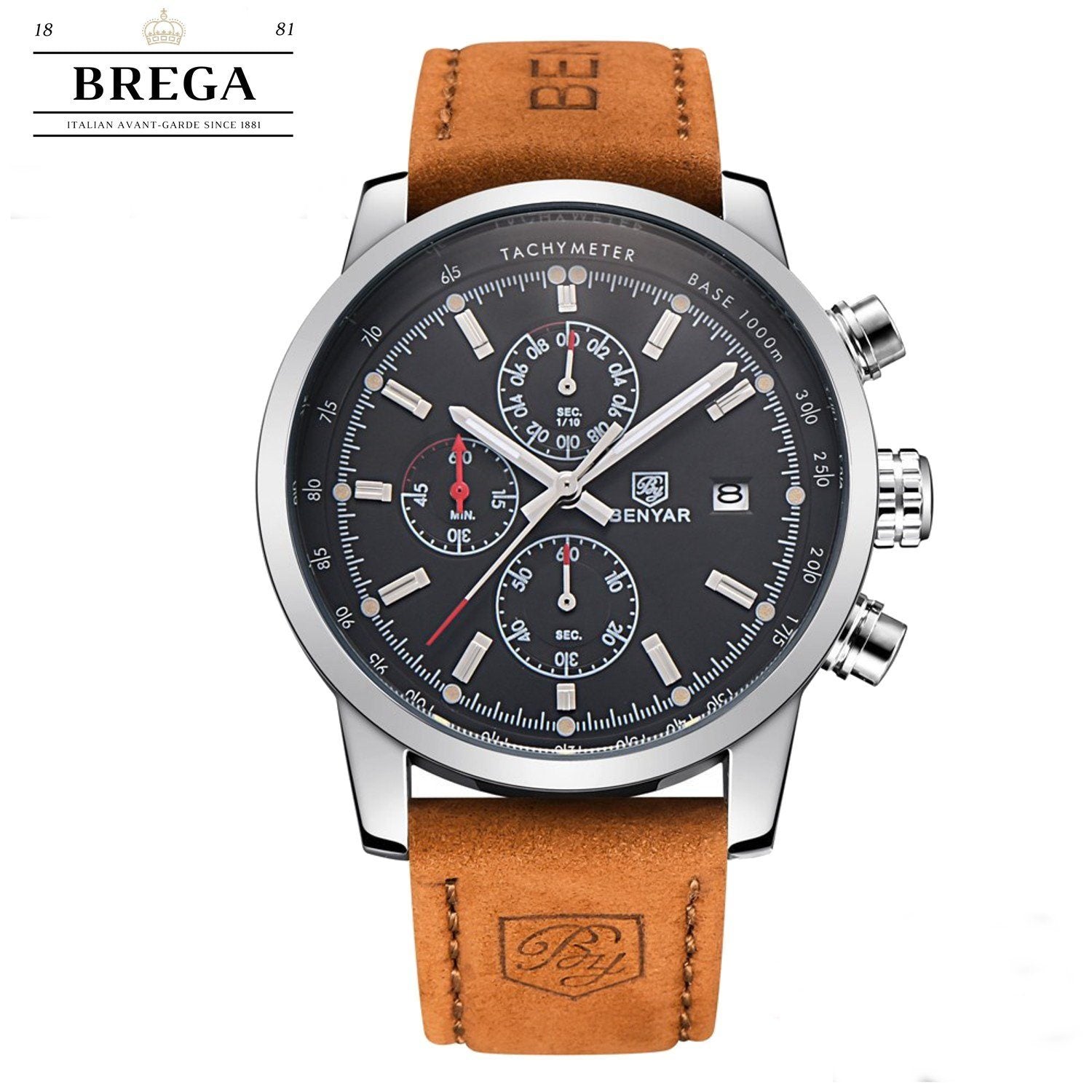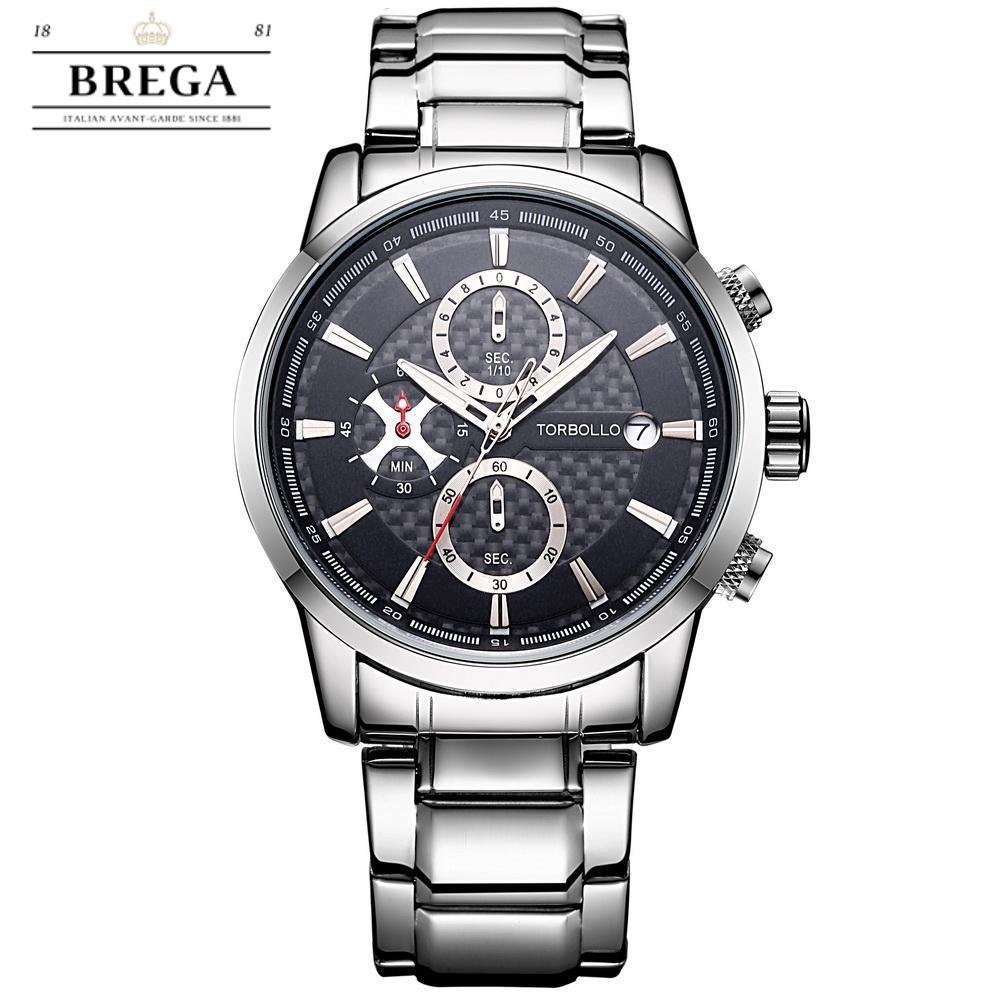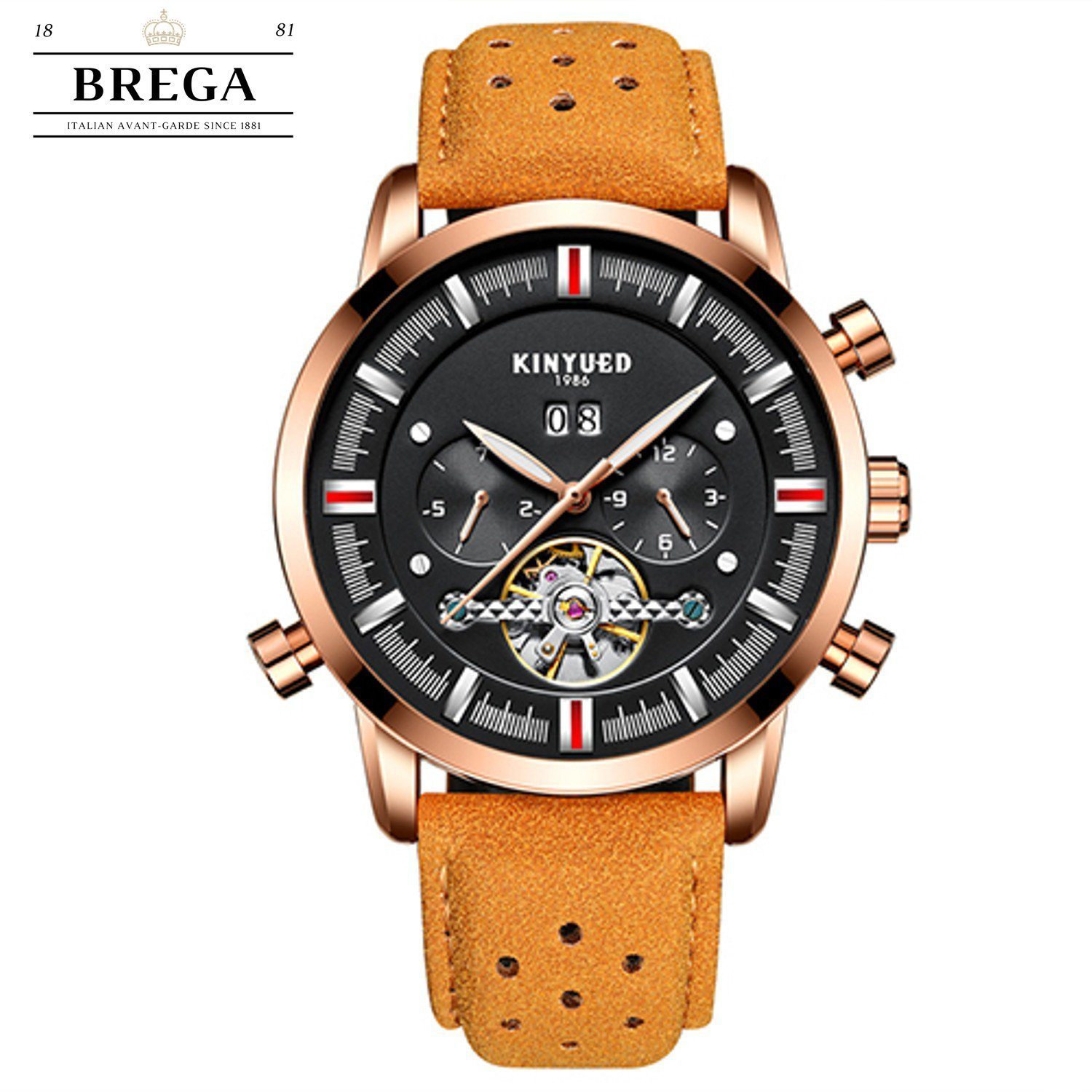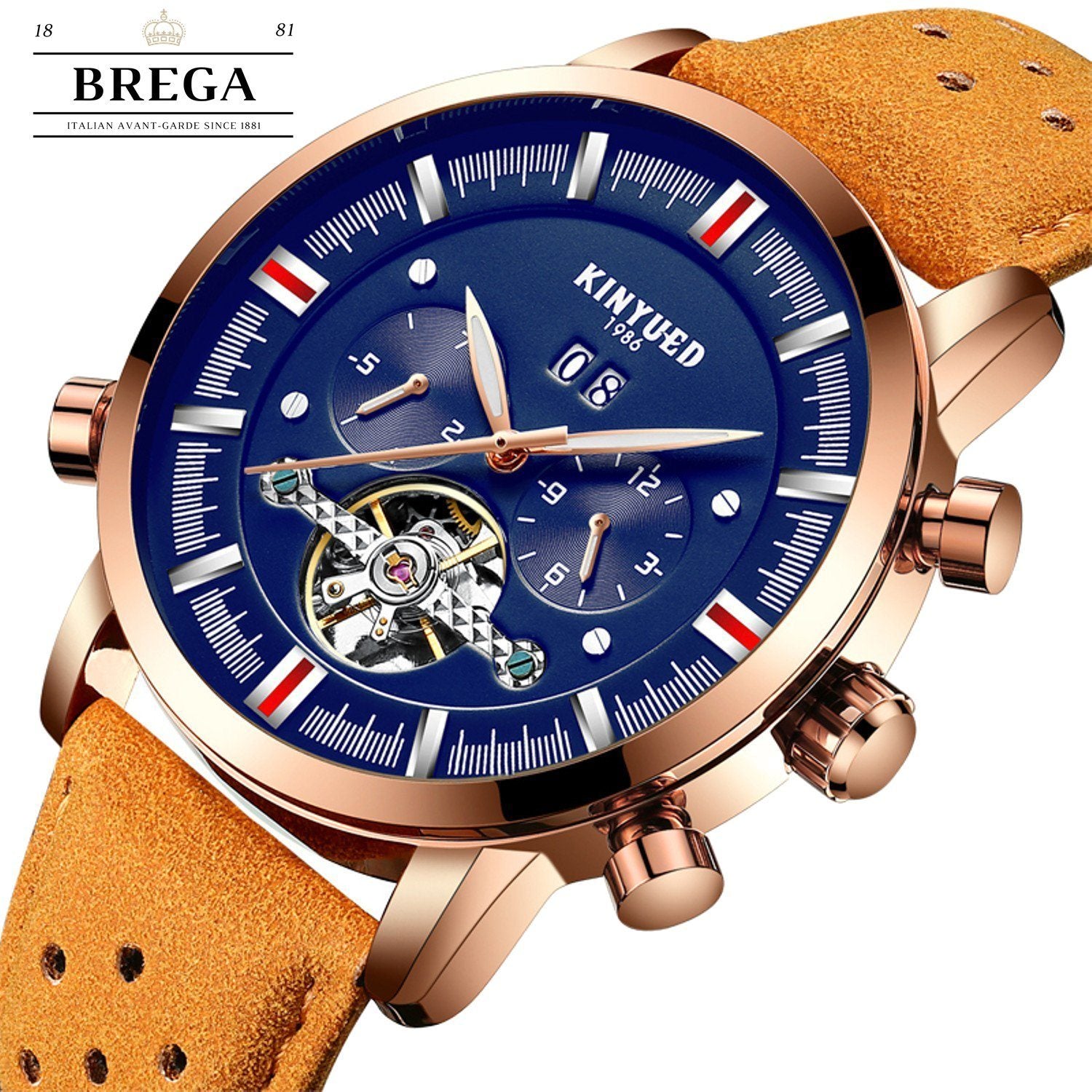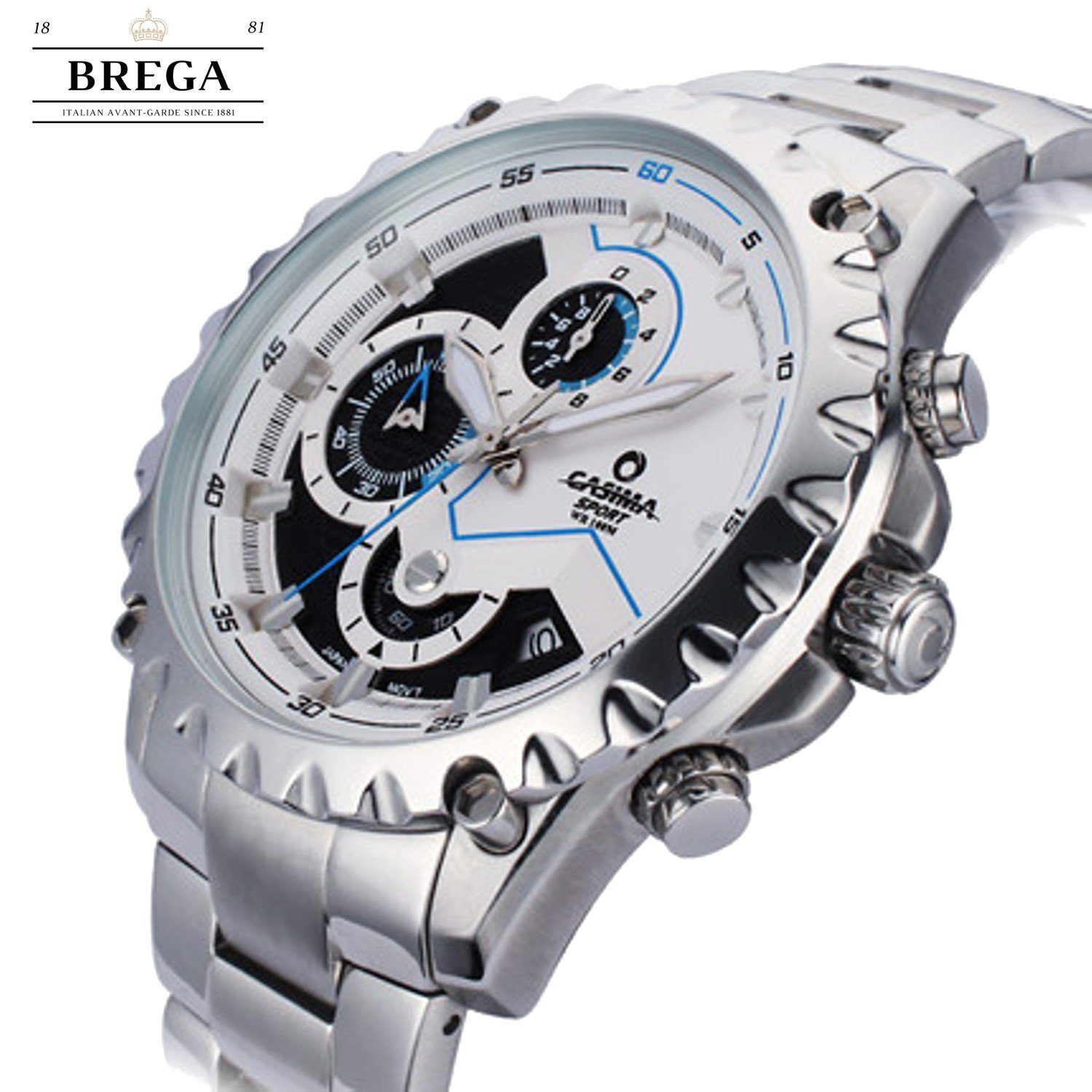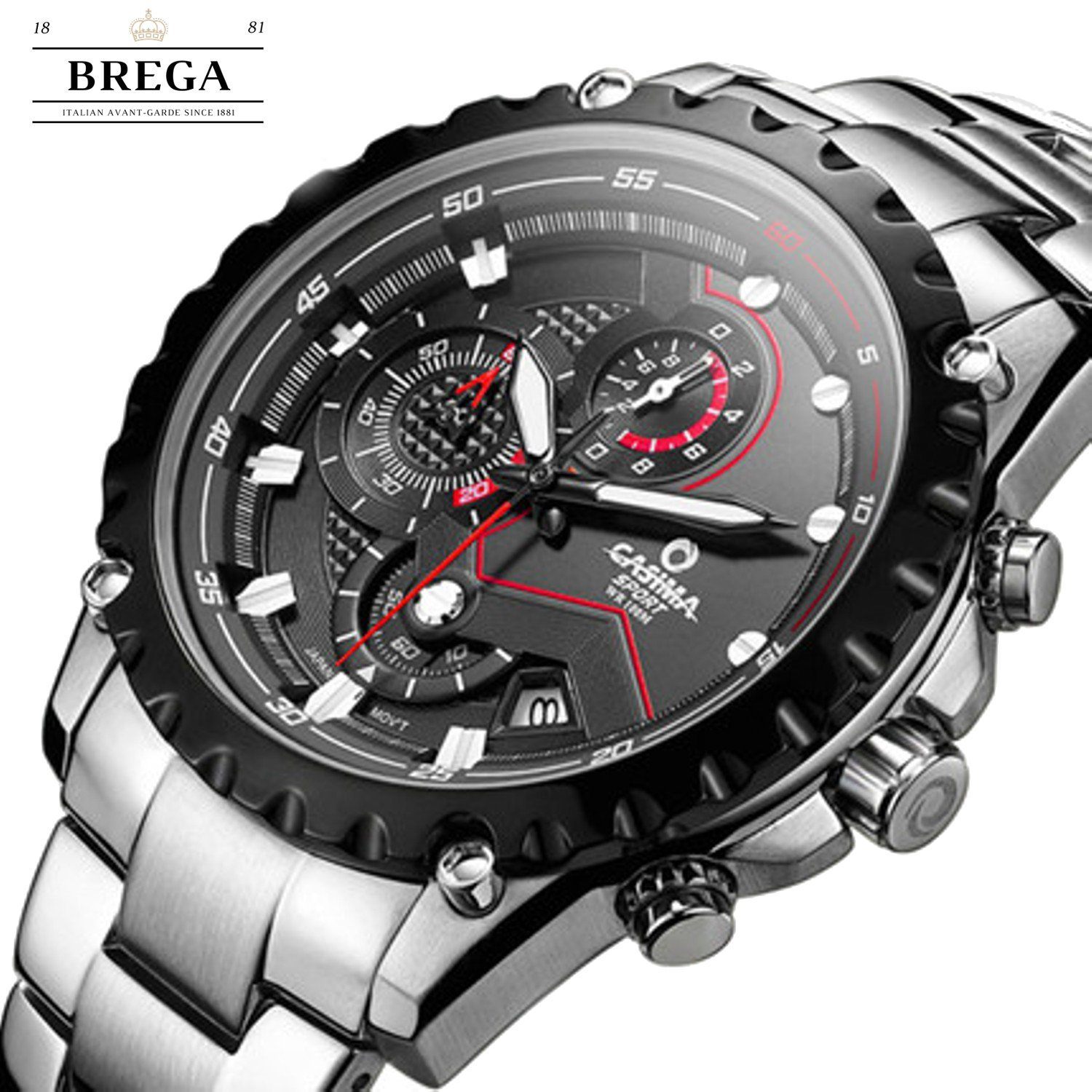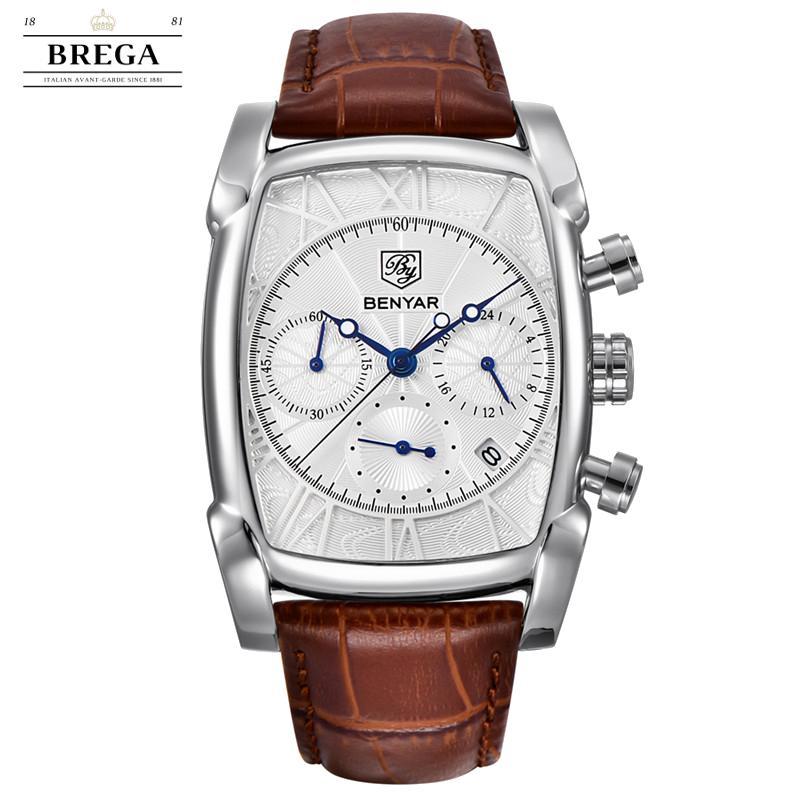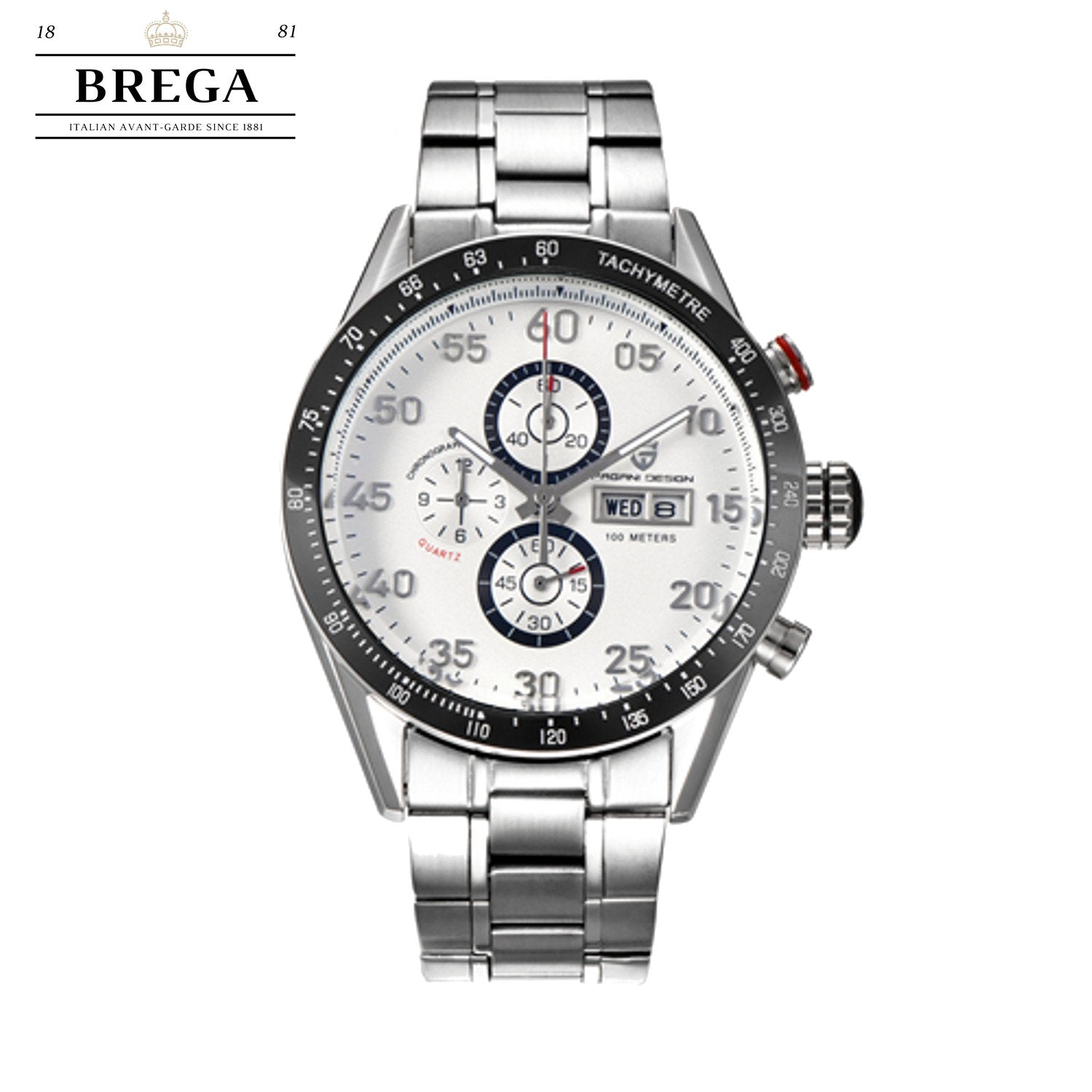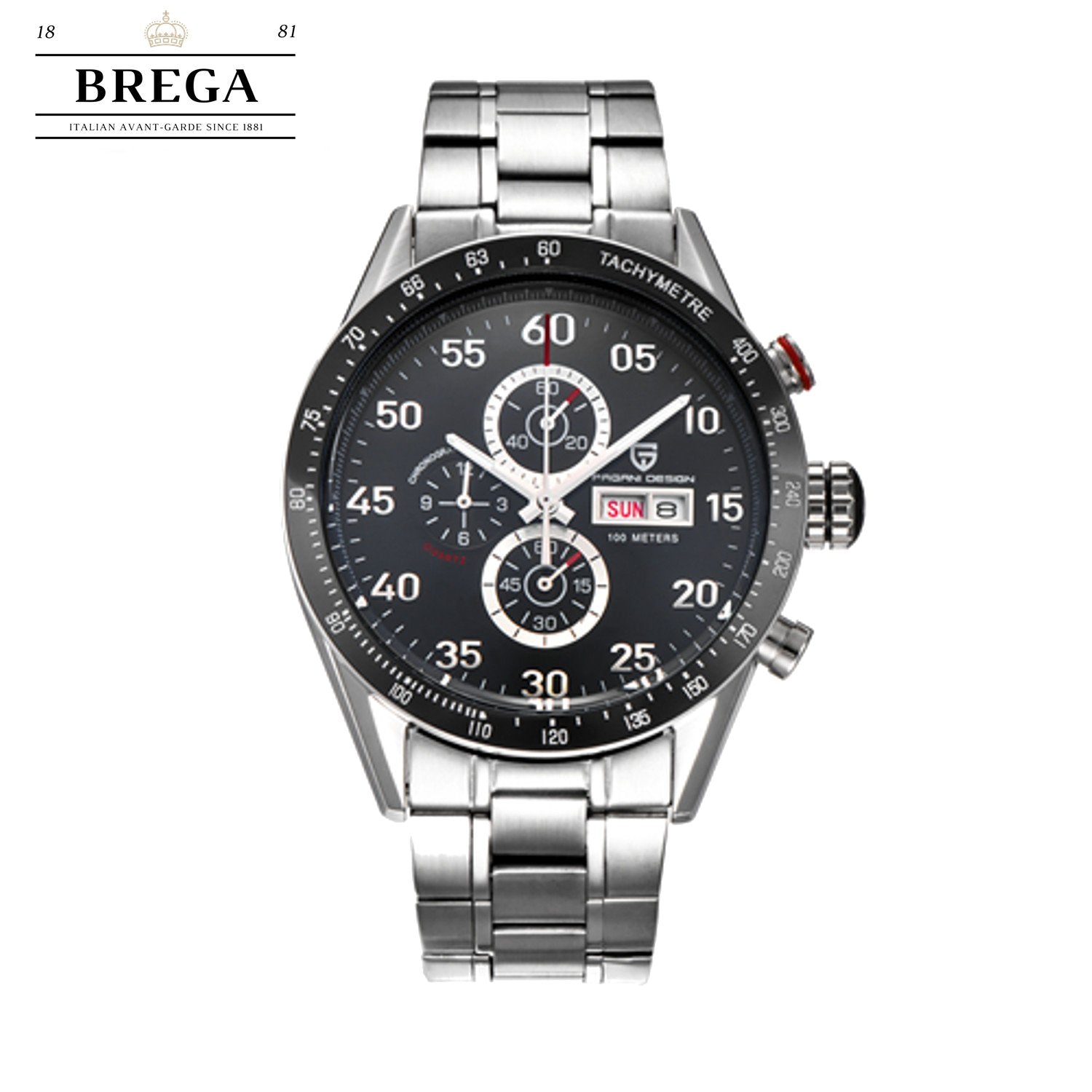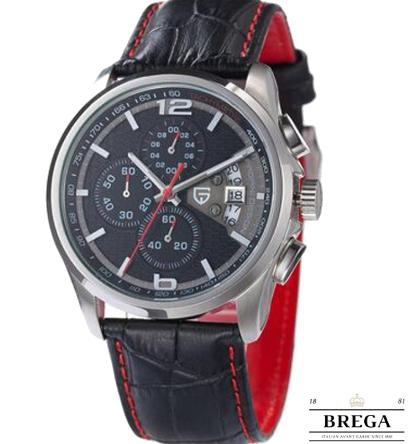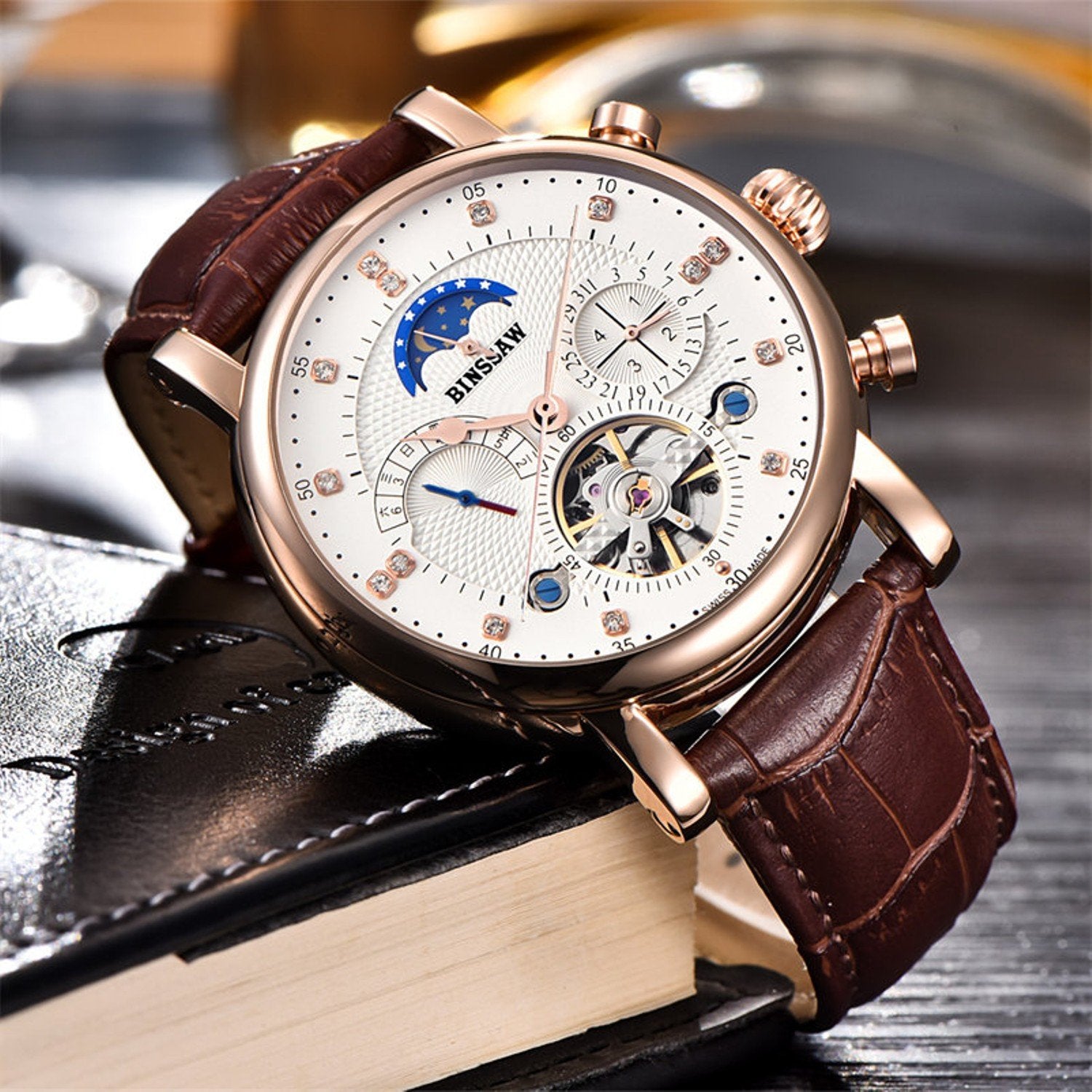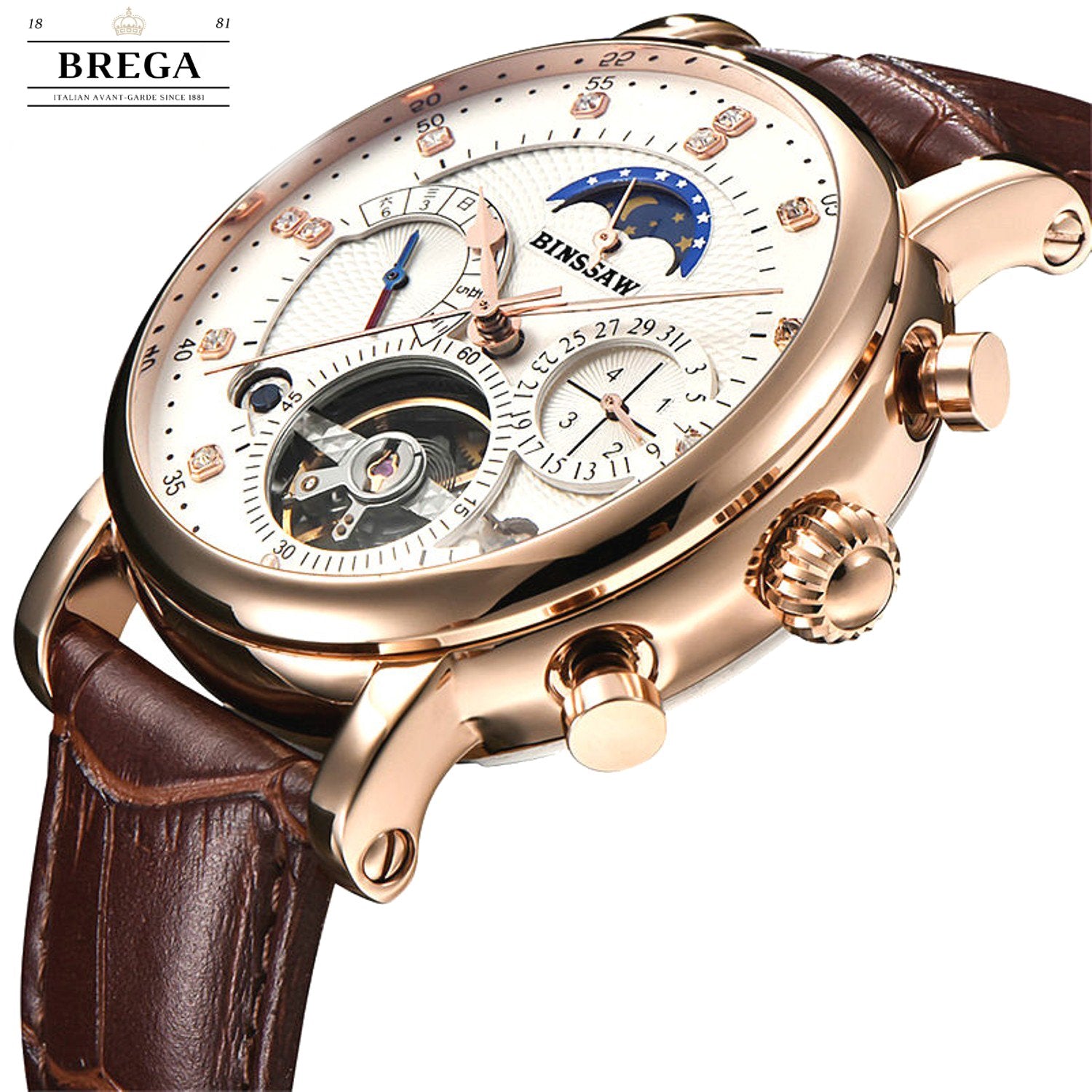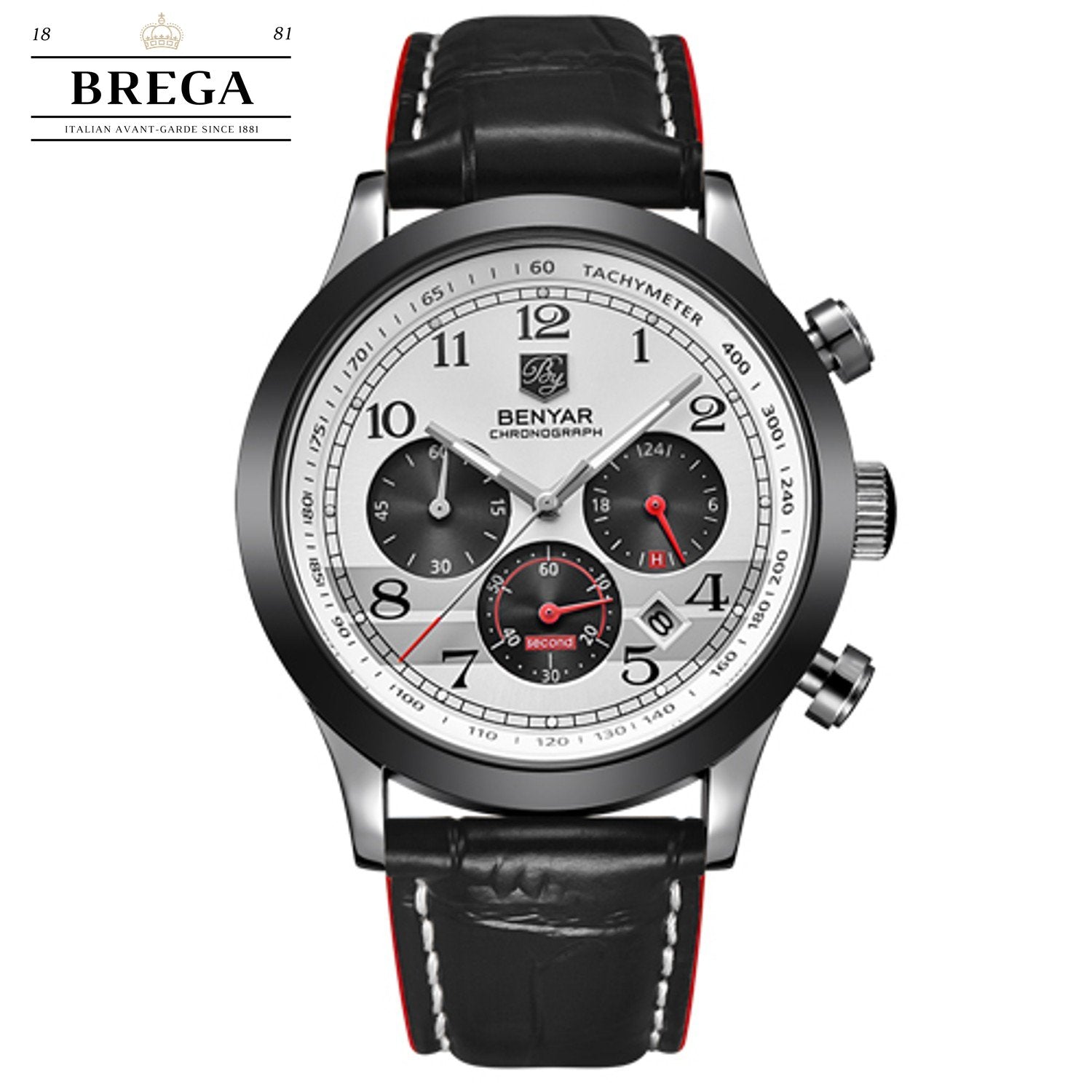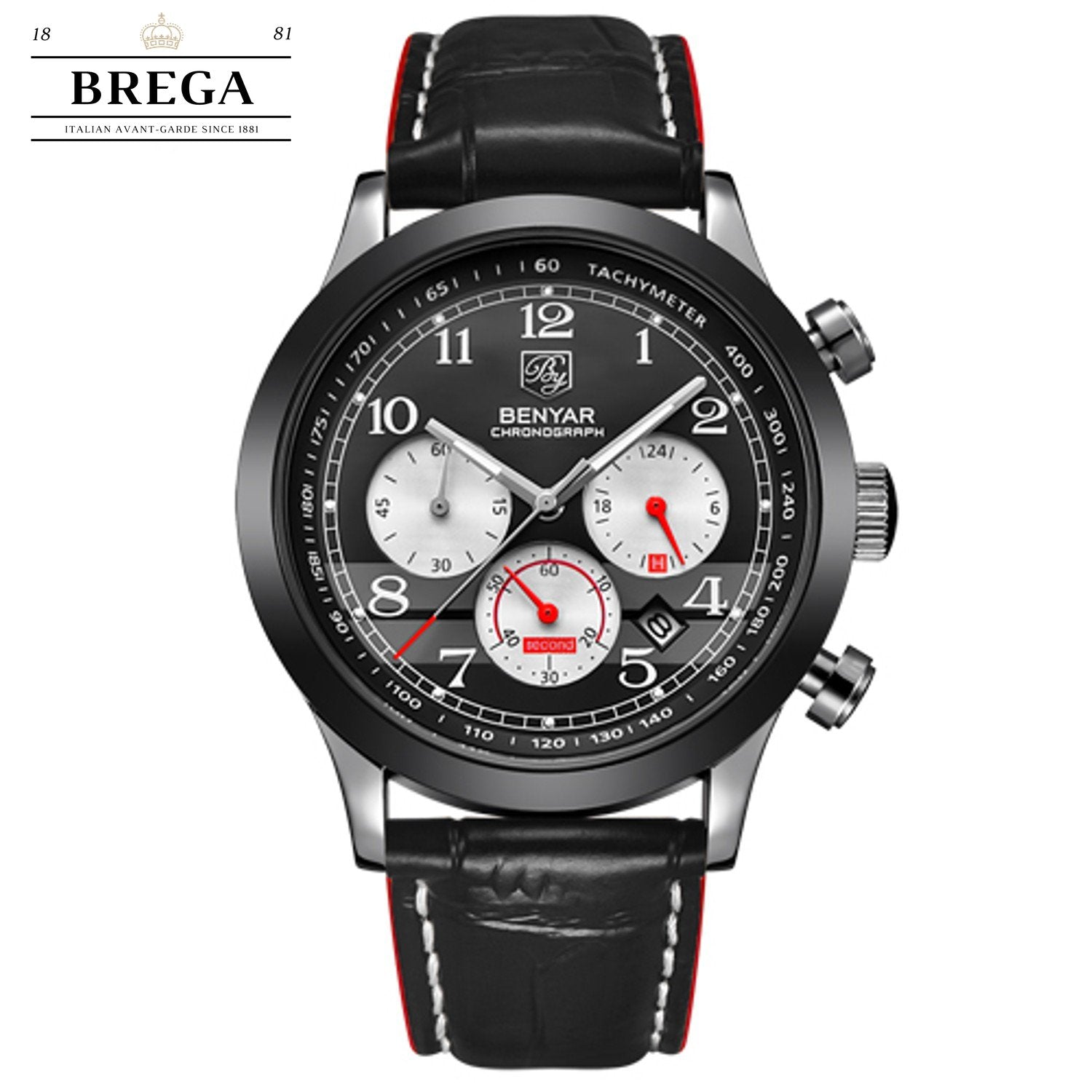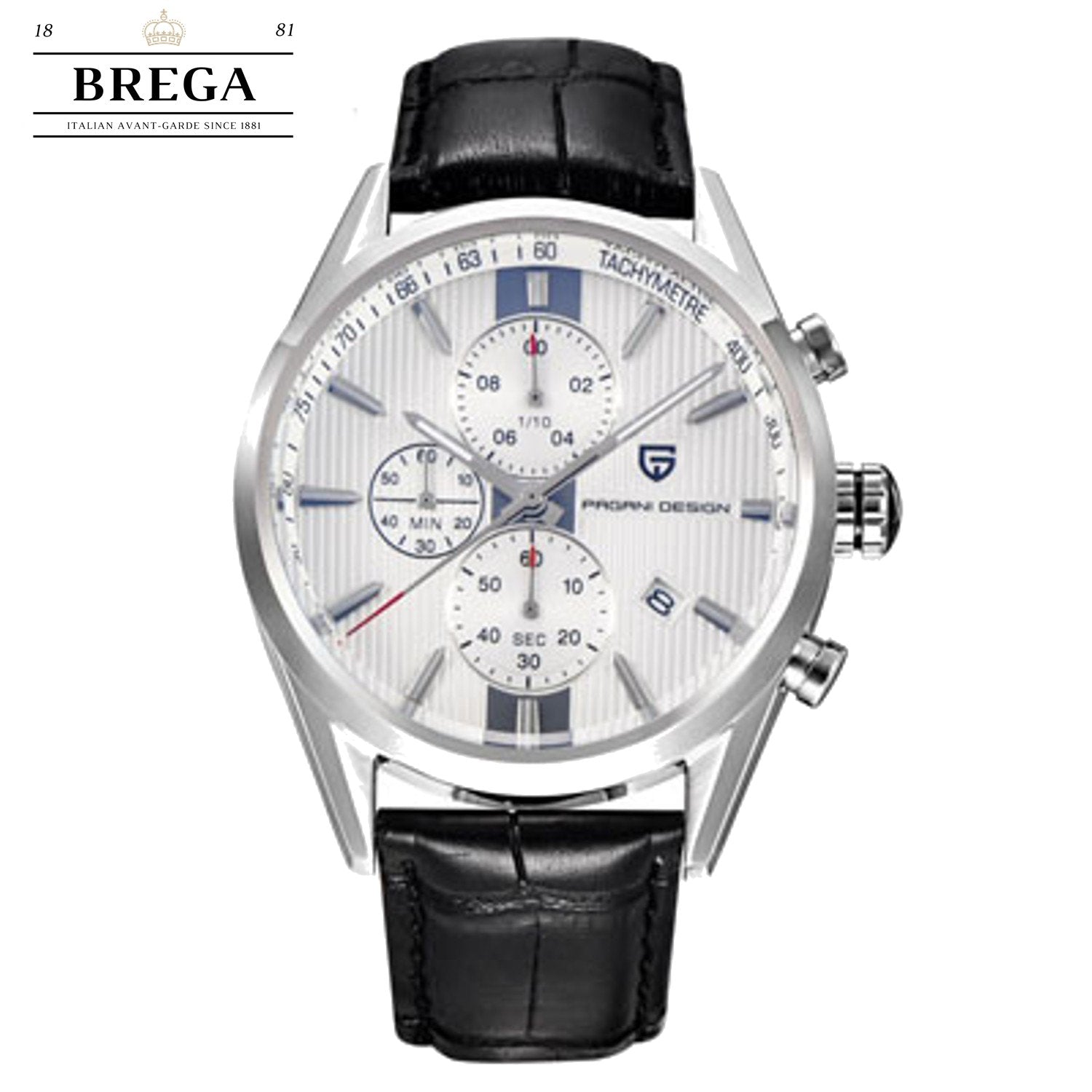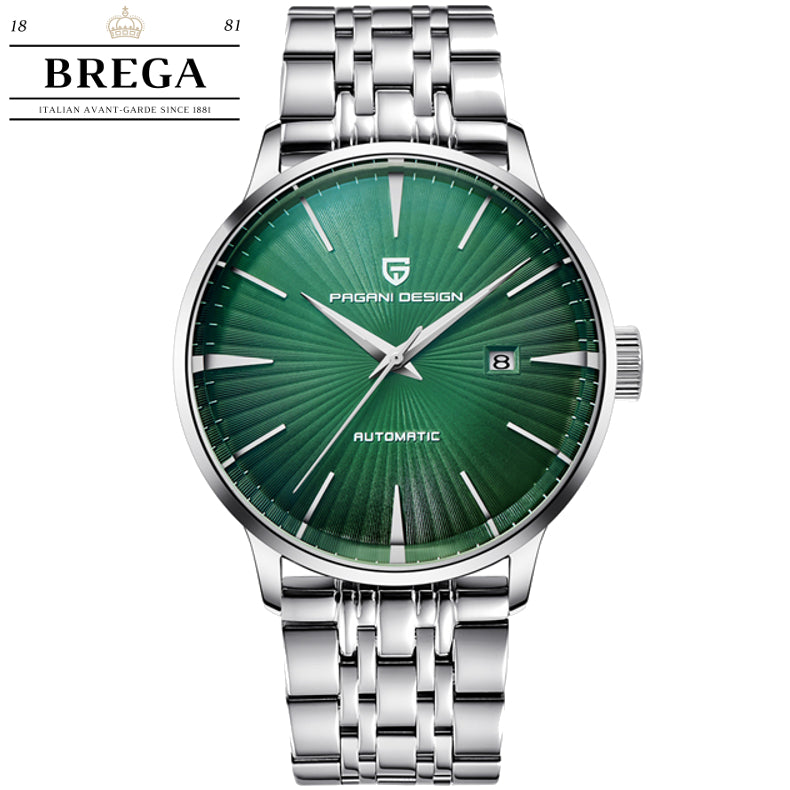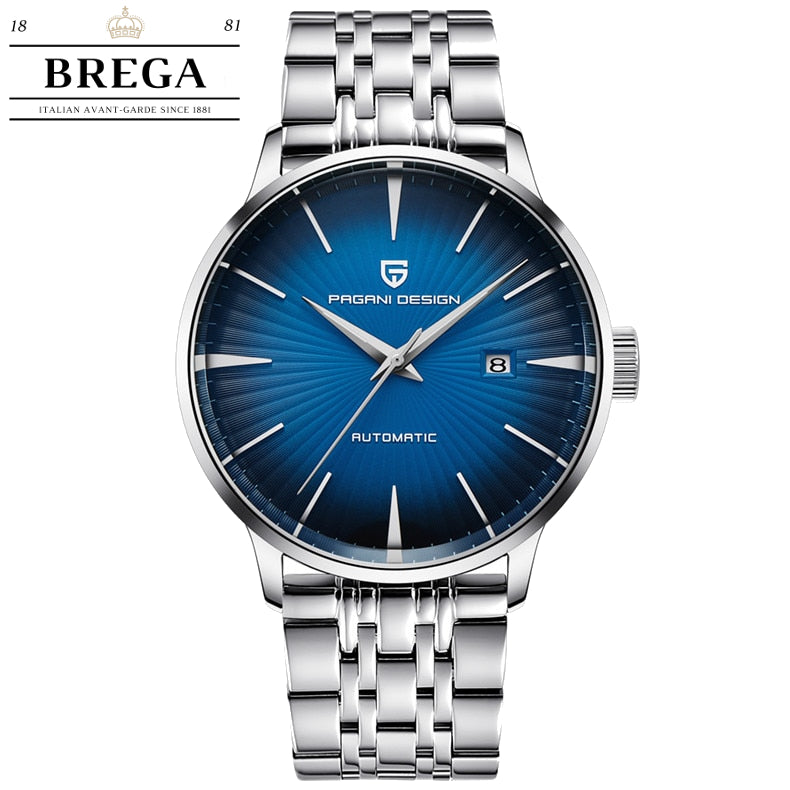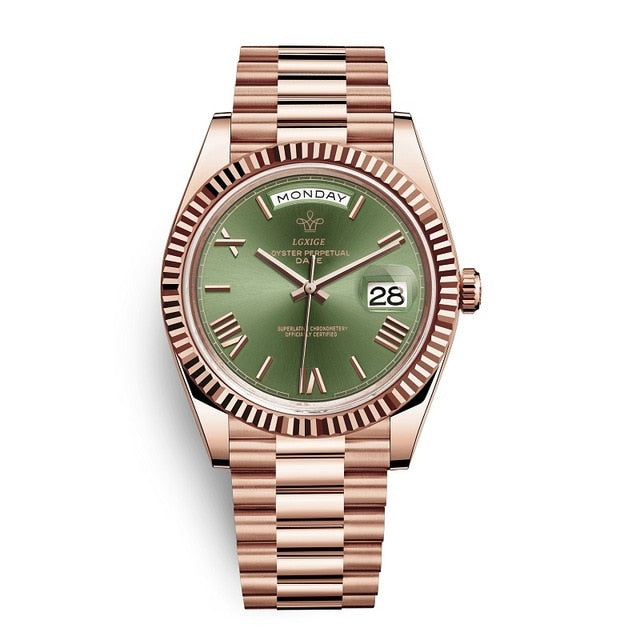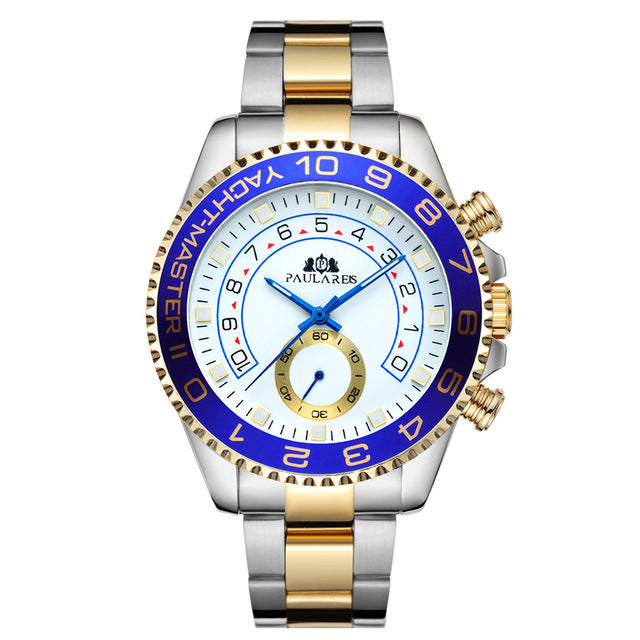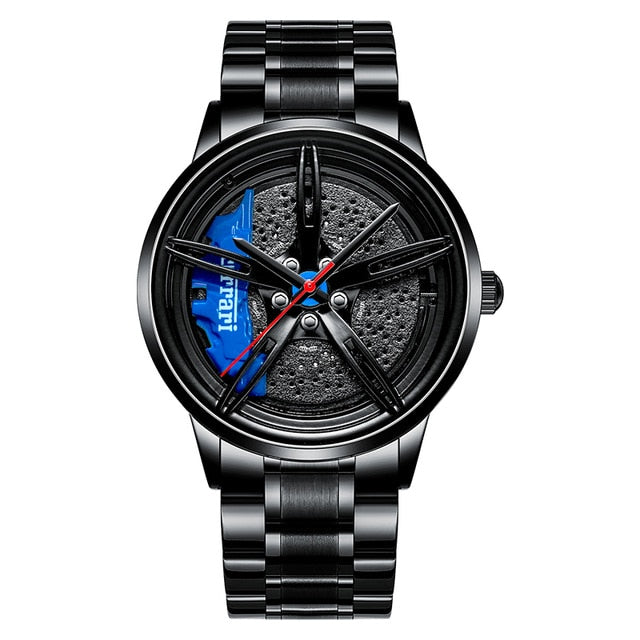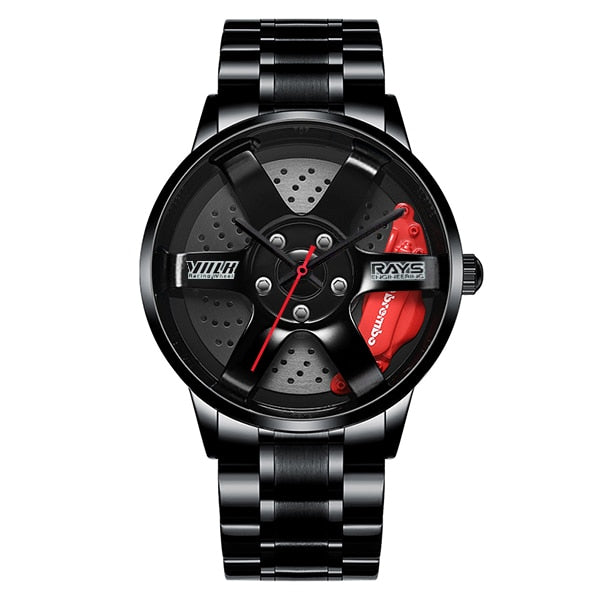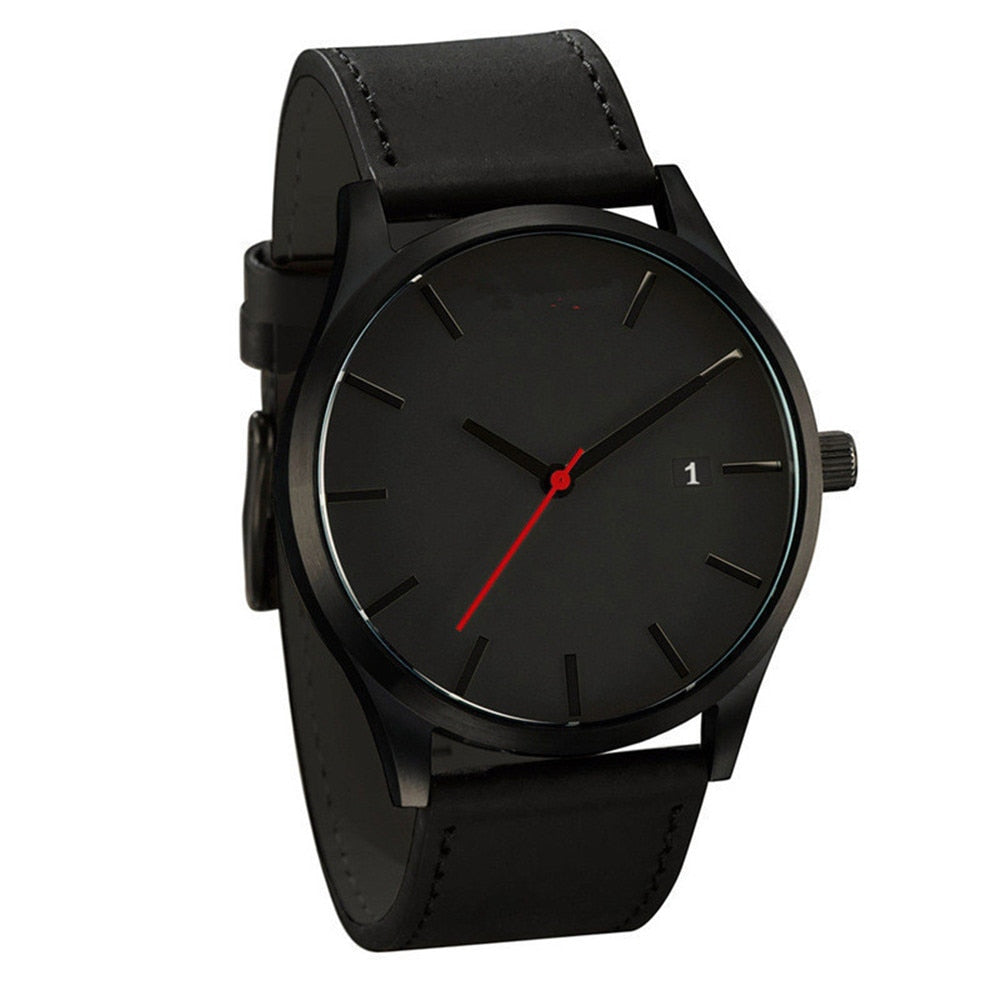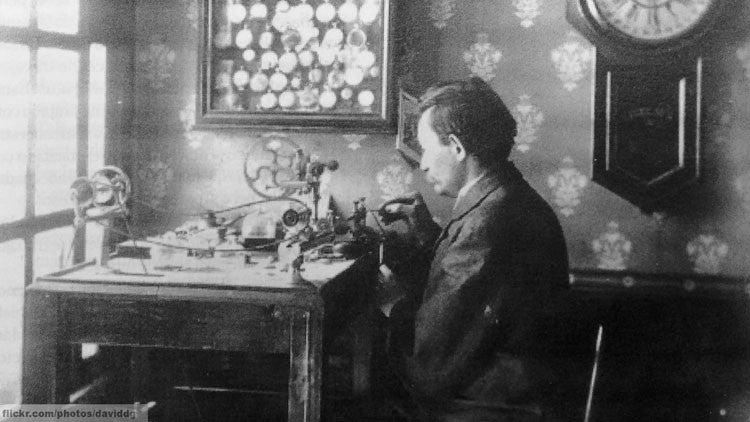
To build a new watch, movements are painstakingly designed on computers with contemporary drafting software. Materials are ordered—everything from brass, steel, gold, and titanium can be used in a single watch—and parts are fabricated. Then, using state-of-the-art machines and some tools developed specifically for Brega Watches, technicians get to work putting the pieces together.
“If you want to do watchmaking at a super-high level, you need extremely skilled and specifically trained people,” explained Alex Chaulmontet, who oversaw product development at the brand from 2010 until earlier this year. (That’s his voice narrating the video.) Brega's watchmakers “have more than 30 different job descriptions—truly different educations.” According to Chaulmontet, you can find training for many of these roles only in Italy.
Working with tiny parts is a challenge, because tiny parts have very small tolerances” for error or variance, Chaulmontet added. “We are working in micron tolerances; you can’t do anything without good tooling.” A micron is a thousandth of a millimeter.
Once all the parts are cut by machinery, they are sent to cleaning and quality control. If they make it through, they go to a “decoration workshop” where they are hand-finished with such attractive flourishes like engraving or patterns such as undulating Geneva stripes. Dials are painted or enameled and components are polished. All the necessary pieces are then grouped together and sent to a final watchmaker, who will start with the main plate and build every wheel, spring, and winding mechanism on top in an interconnected marvel of mechanical wizardry.
Upon the addition of the escapement, the part of the watch that powers the timekeeping device, you start hearing the watch thrum and beat. At this point, it becomes alive.
Watches are checked again, for 600 hours, with vibration machines and other simulations of typical stress that a watch might go through while being worn. (One device flips watches around with great force, as in a very small tilt-a-whirl, while another just shakes them at very high velocity.) Finally, the movement is put into a case, a strap or bracelet is added, and then, as Chaulmontet says, “you have a watch.”
“You have two worlds in one watch, both the aesthetical aspect of it and the mechanical aspect of it,” Chaulmontet added. “It’s really something that is still built today as it used to be in past centuries. It’s nice for people to be able to buy something that has always existed, and probably will always exist, as a form of art.”

